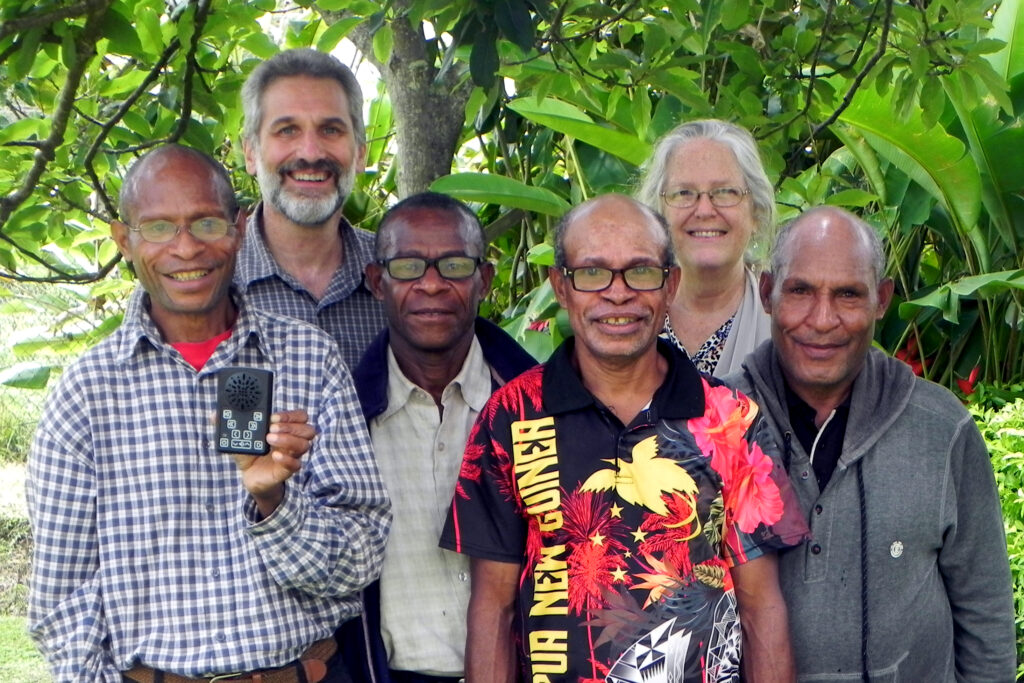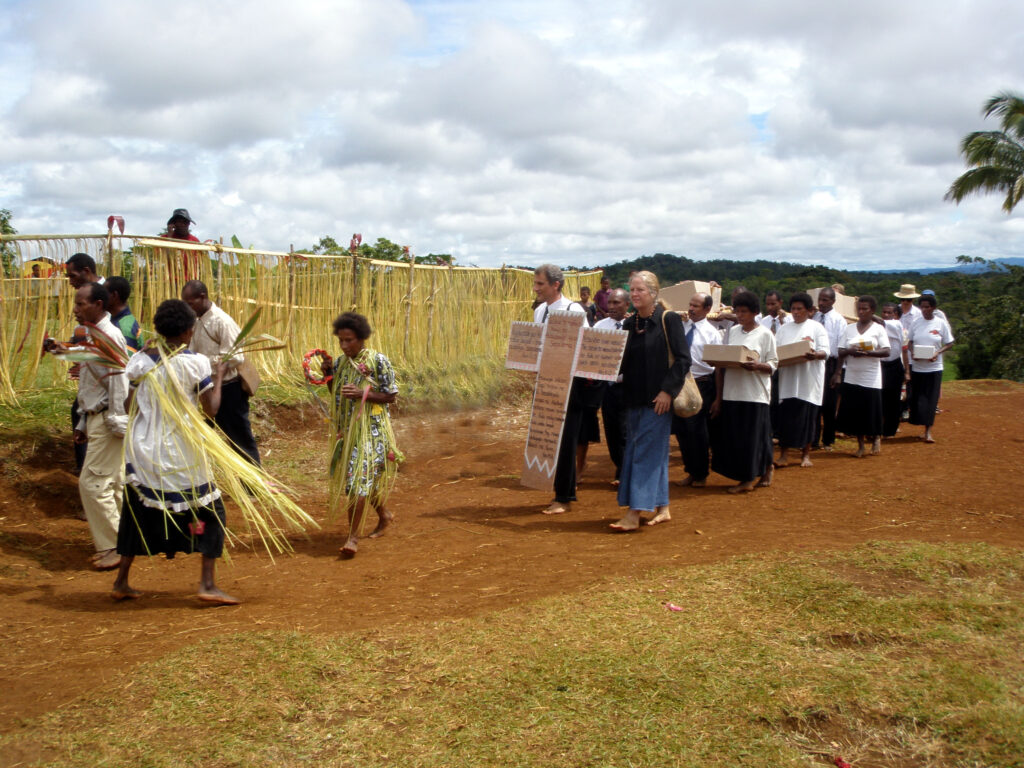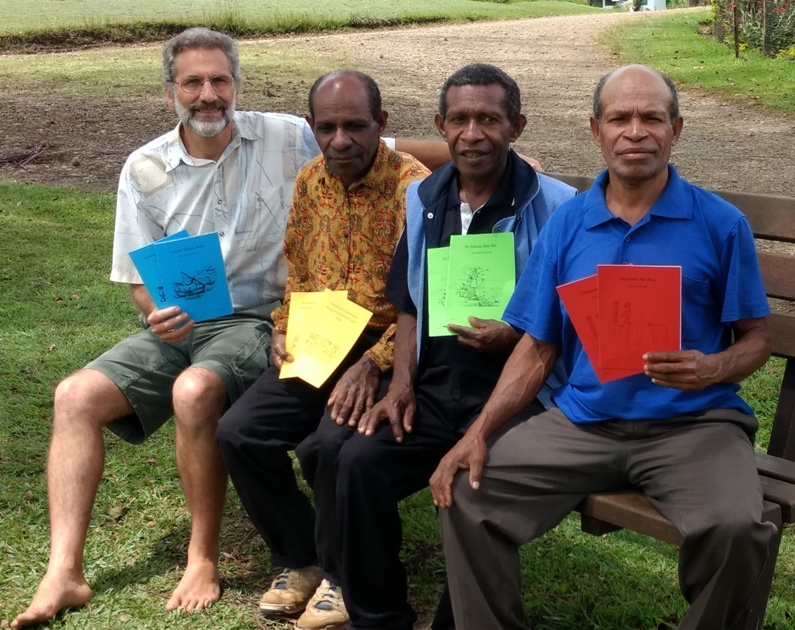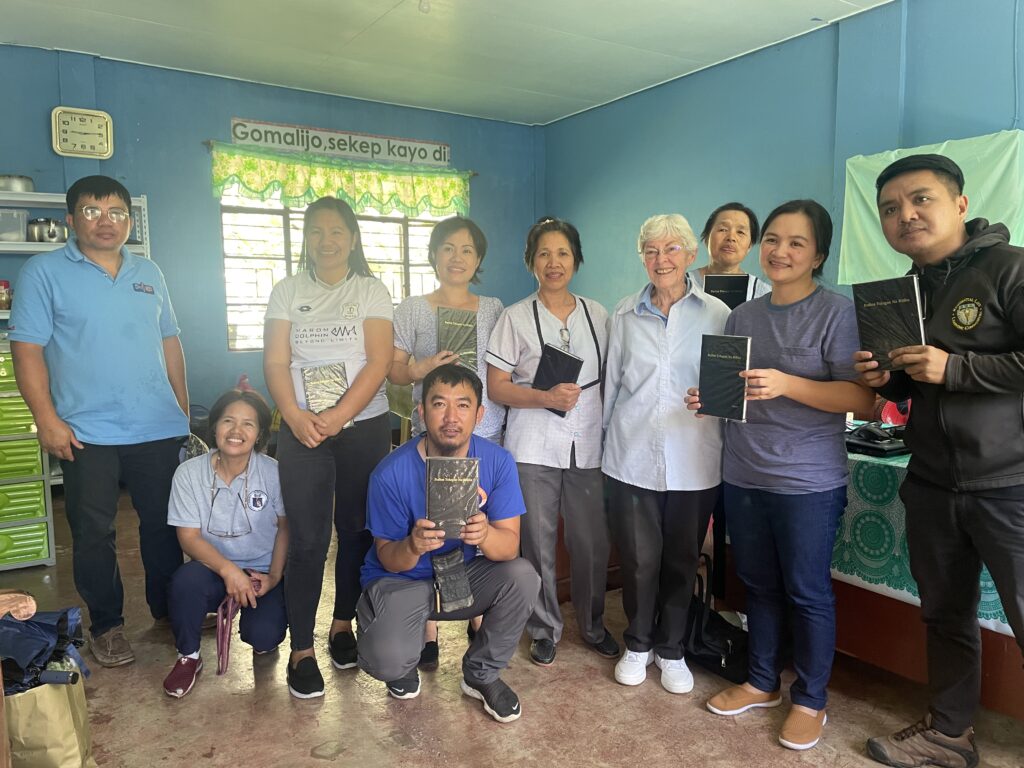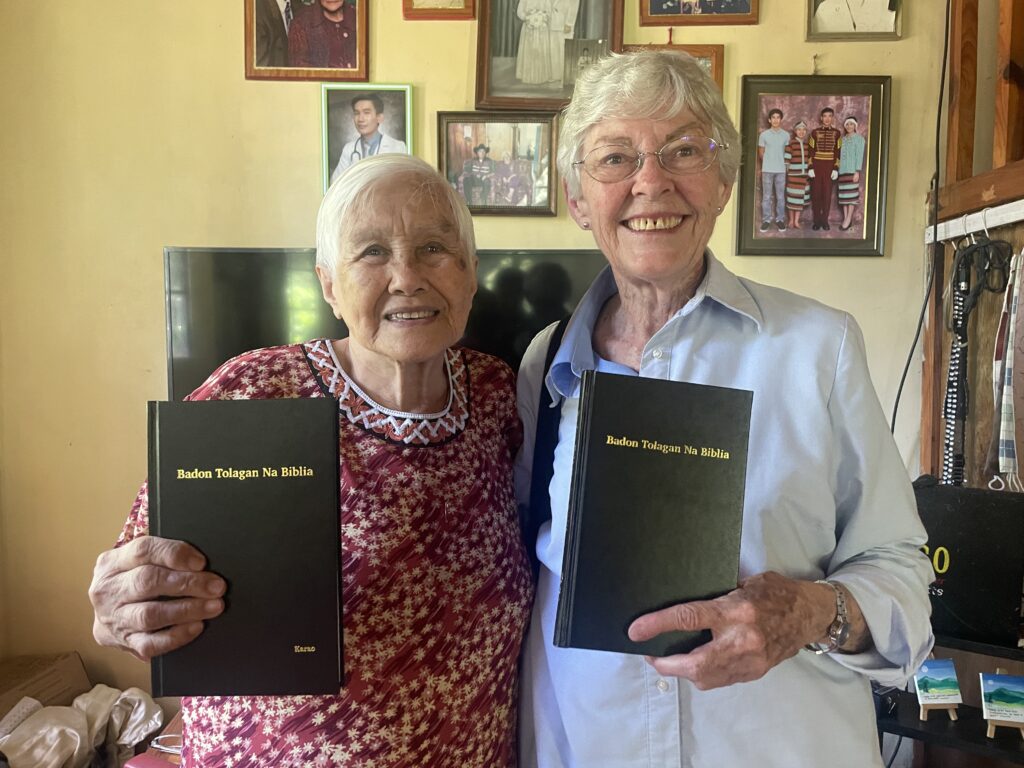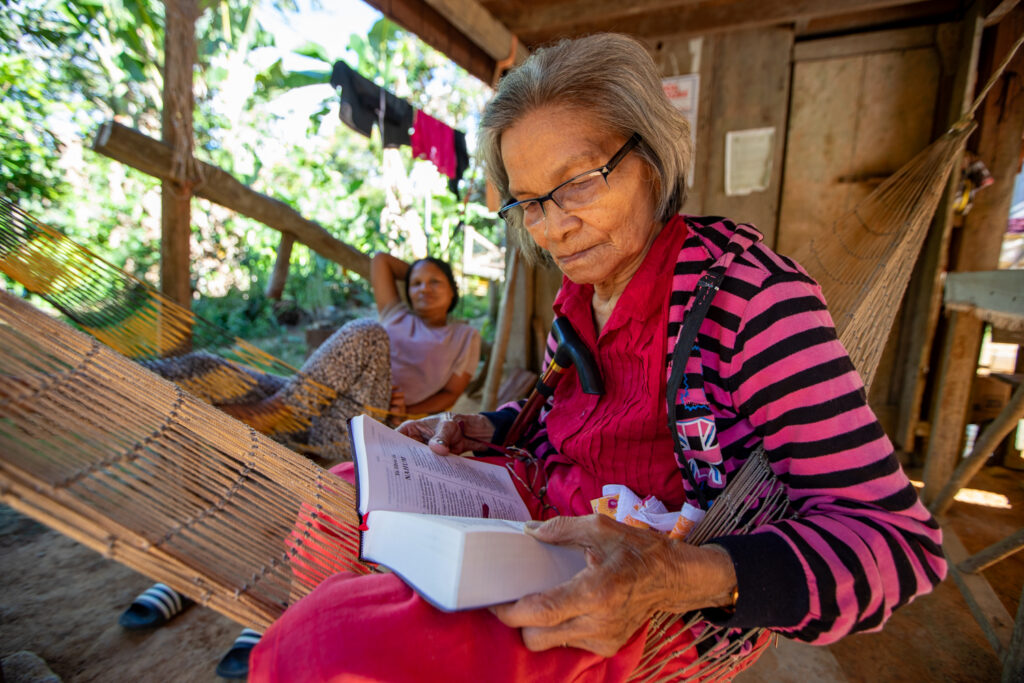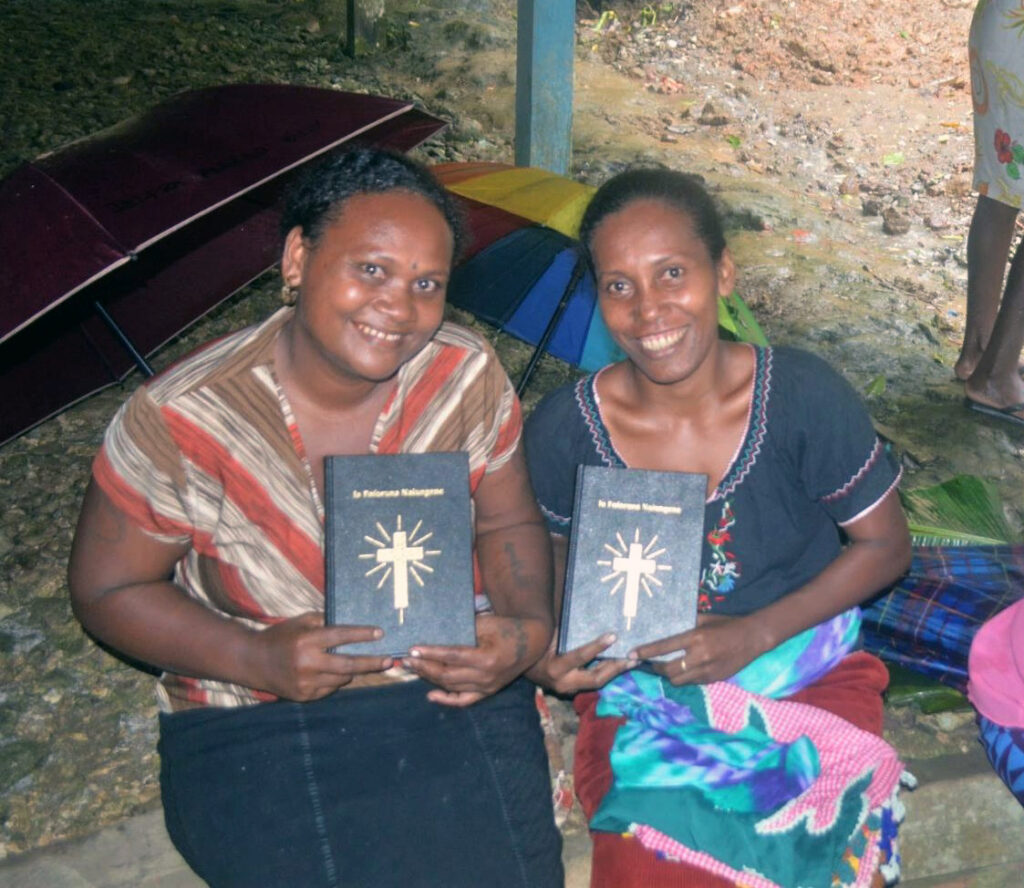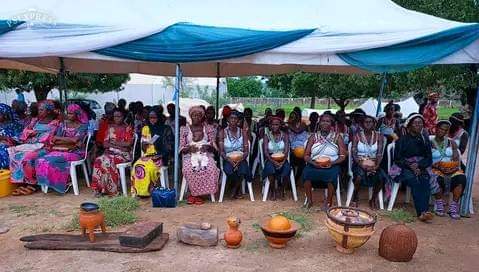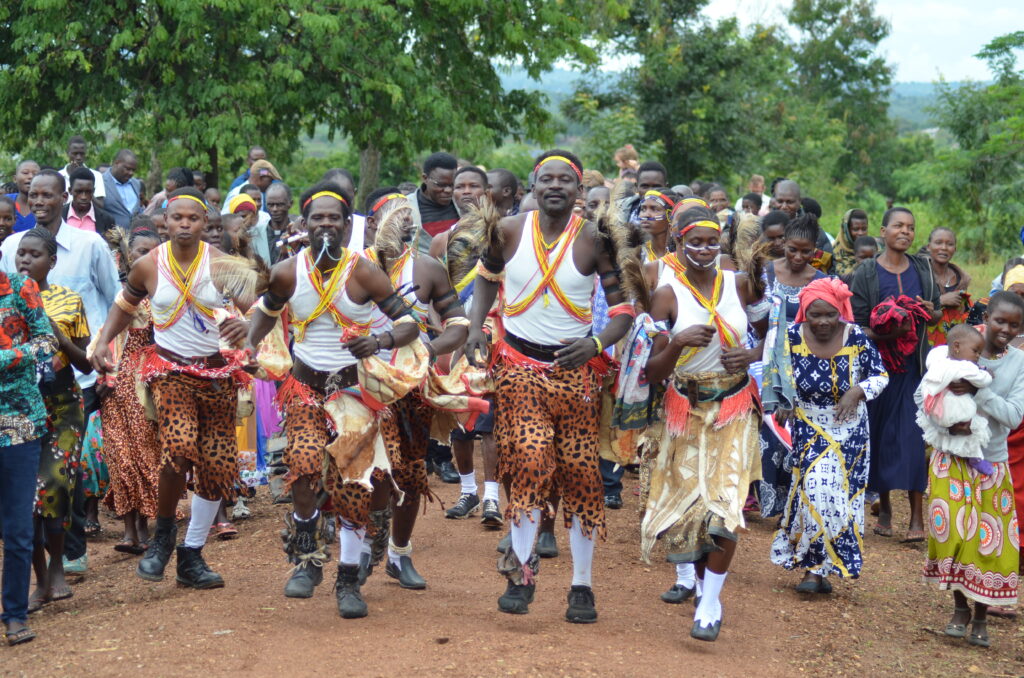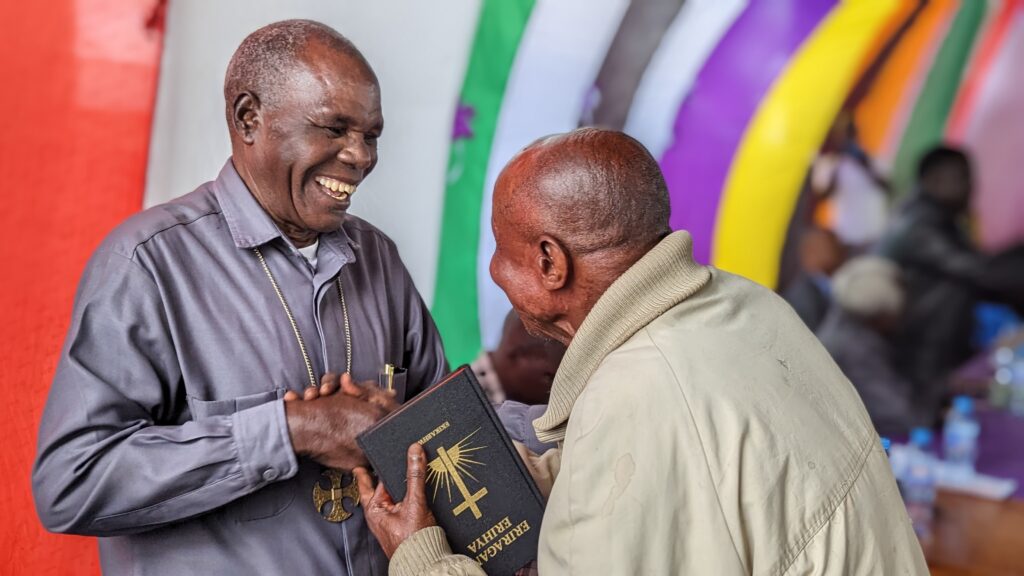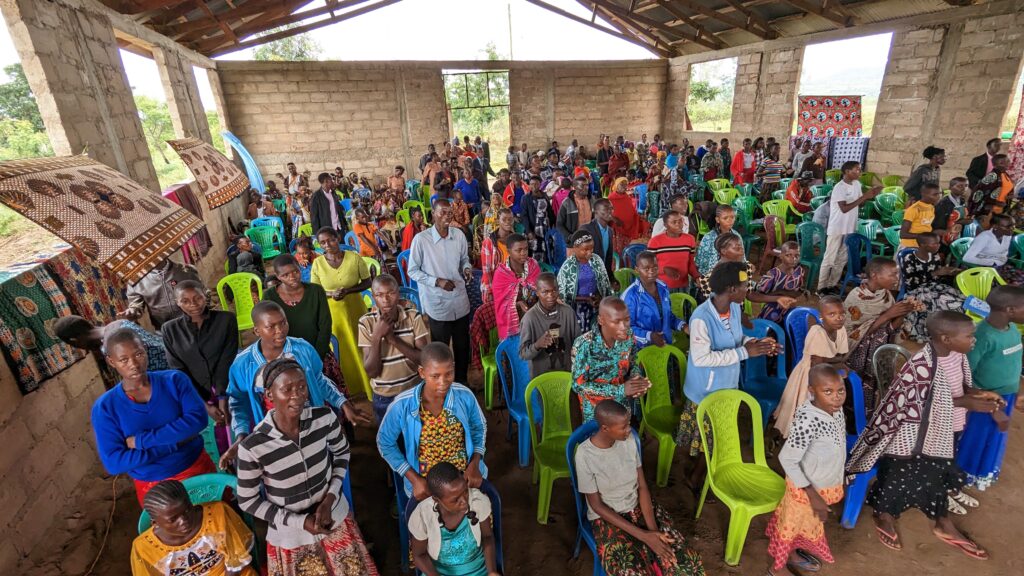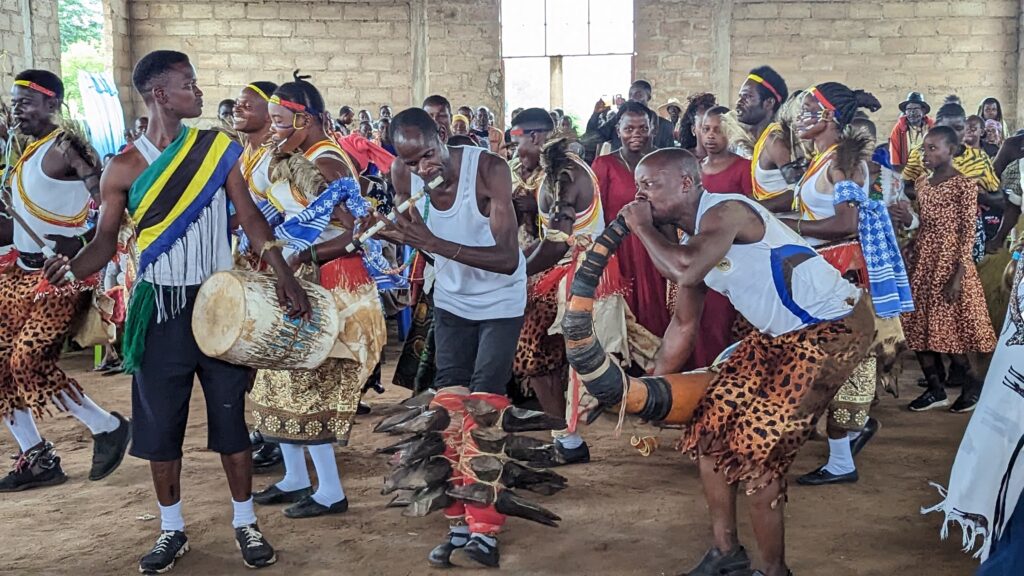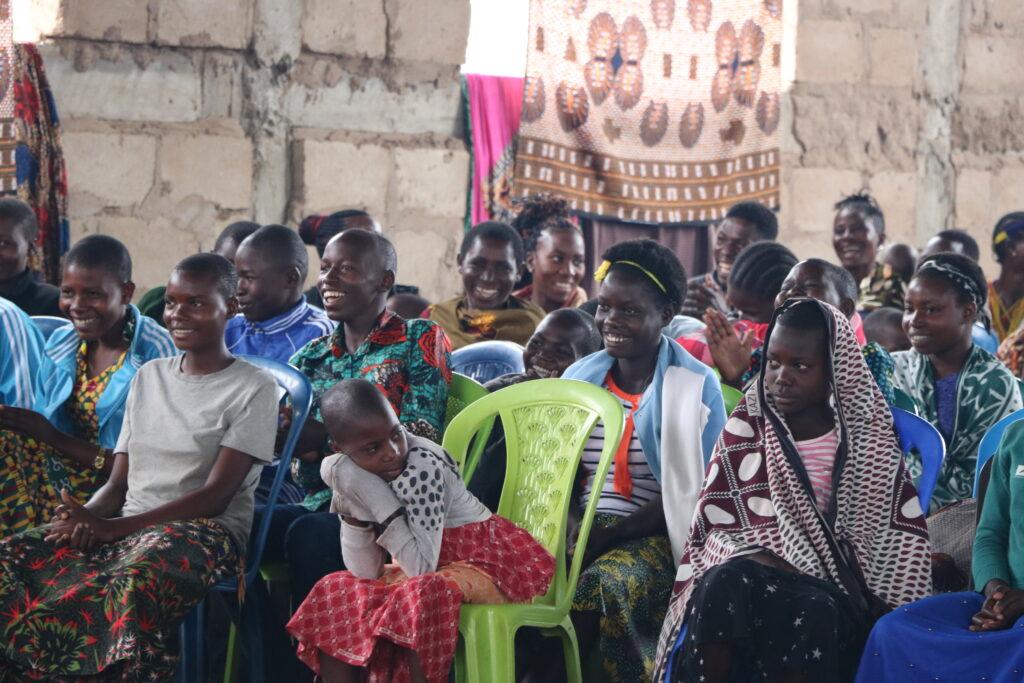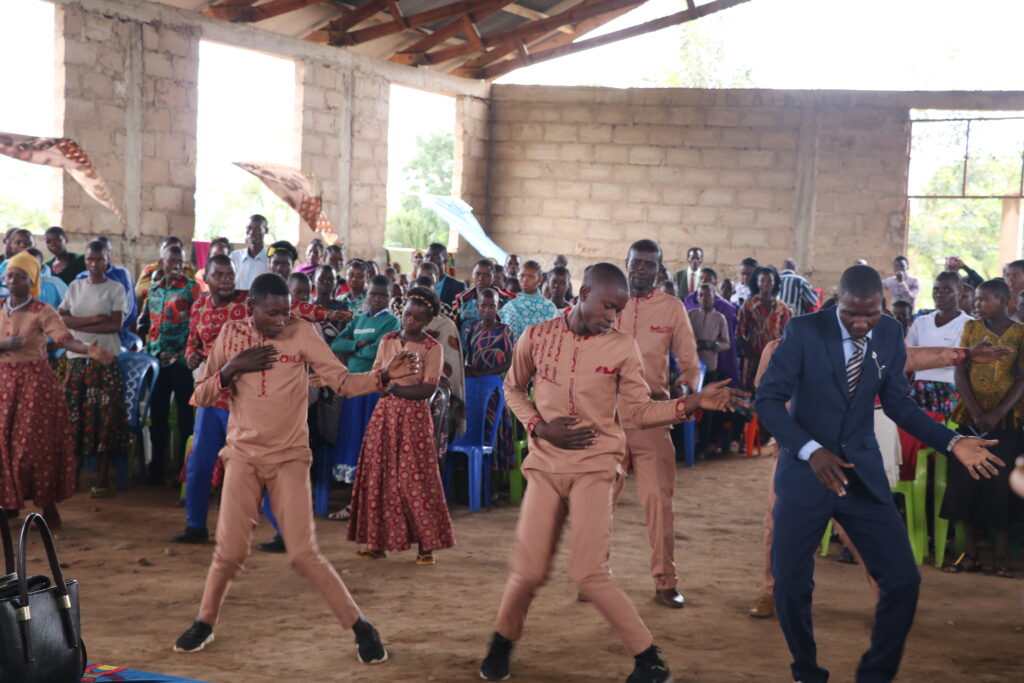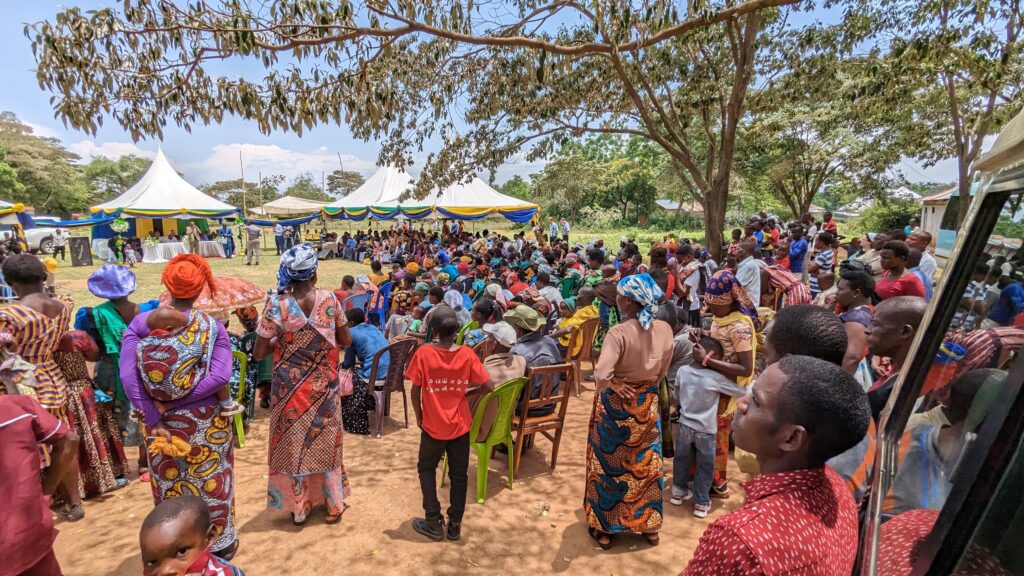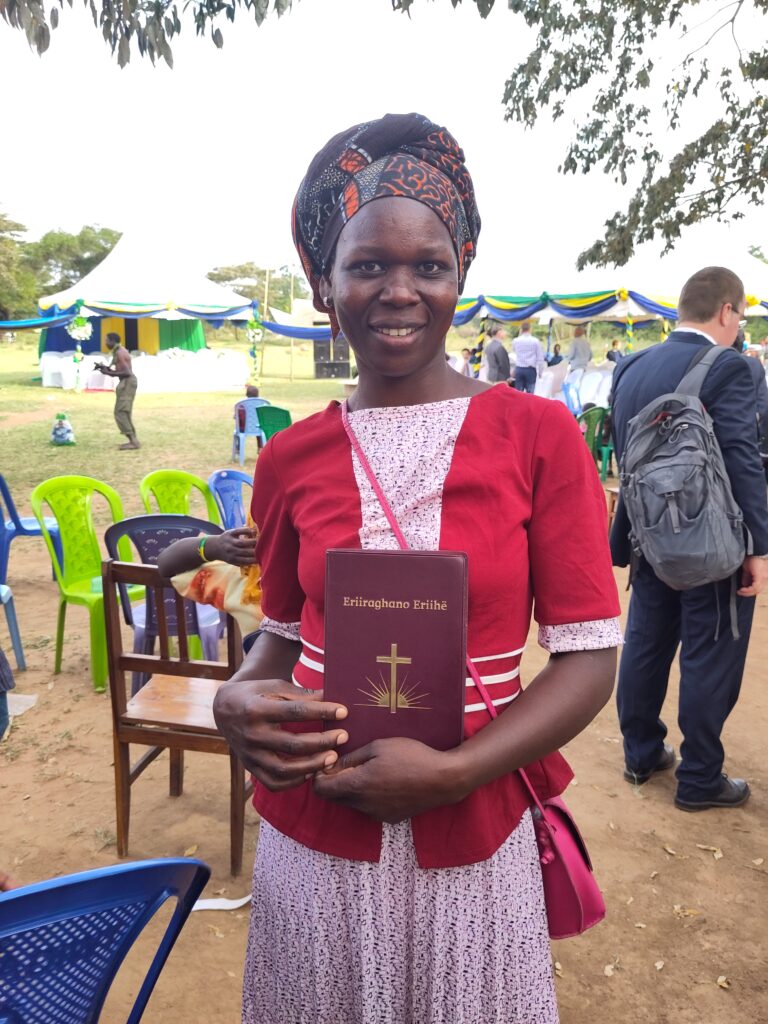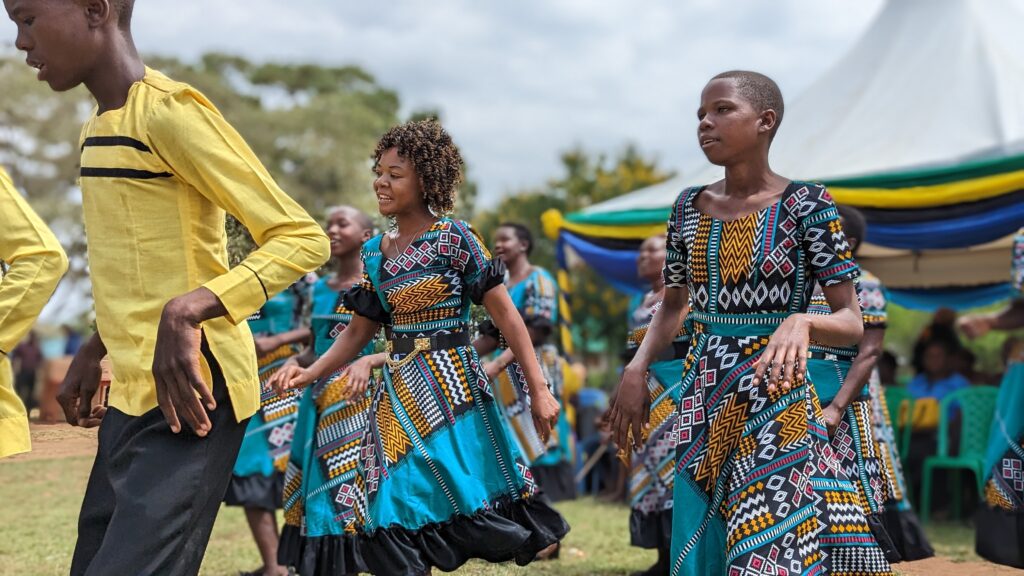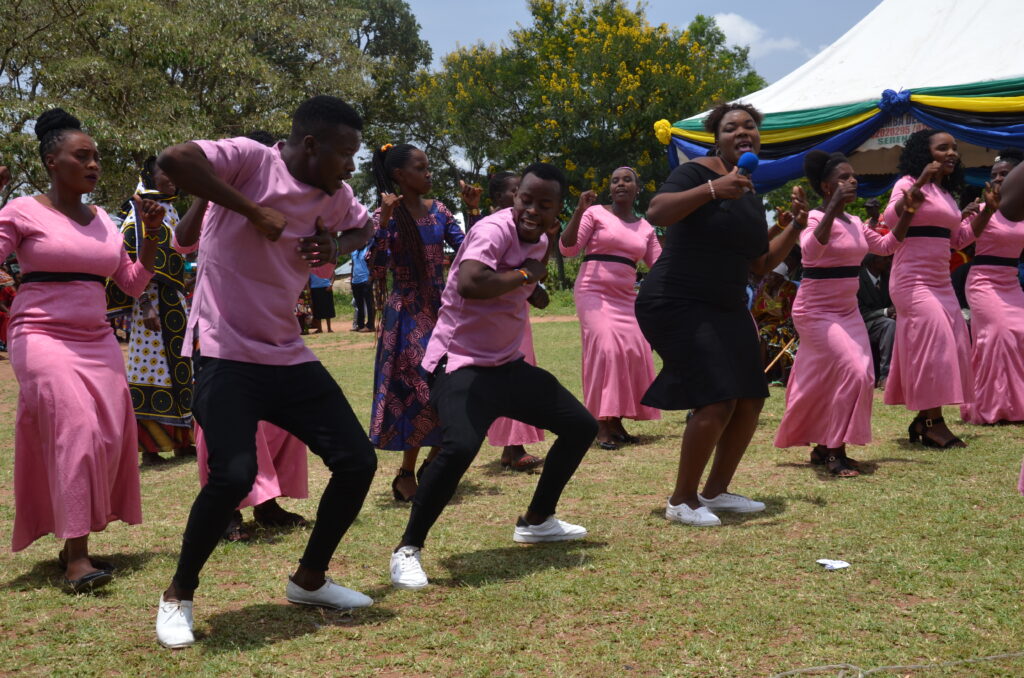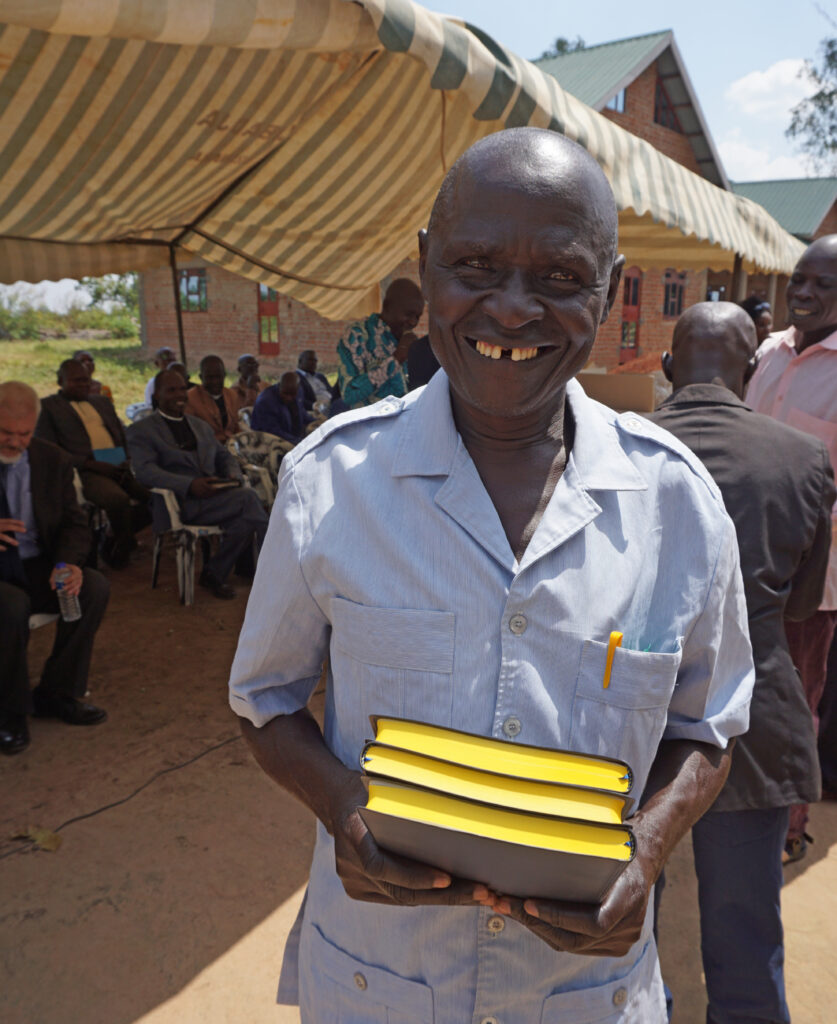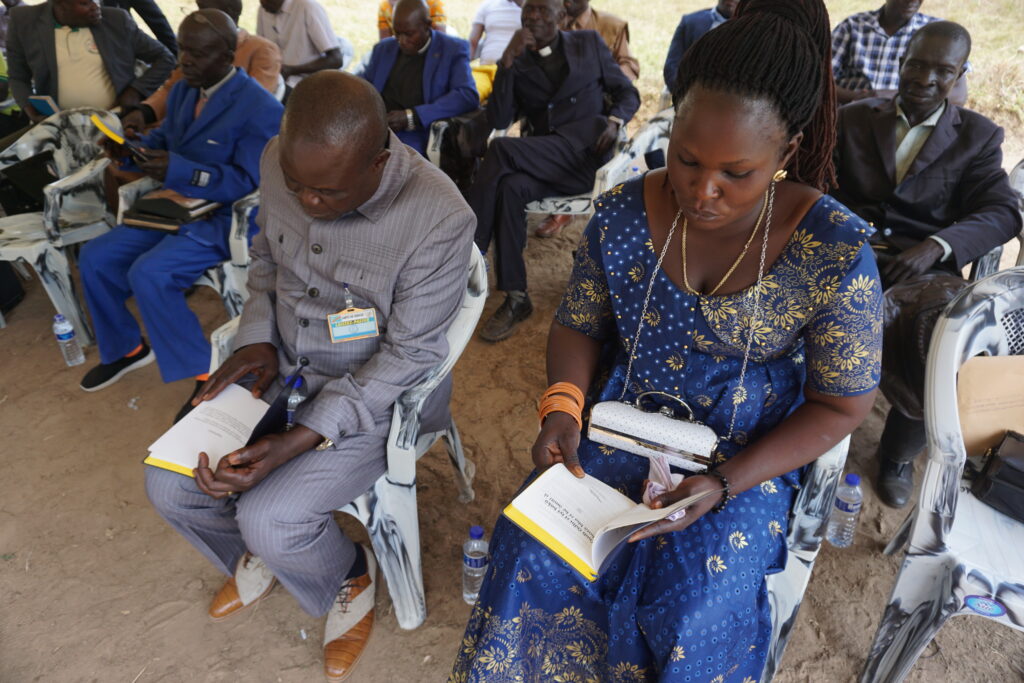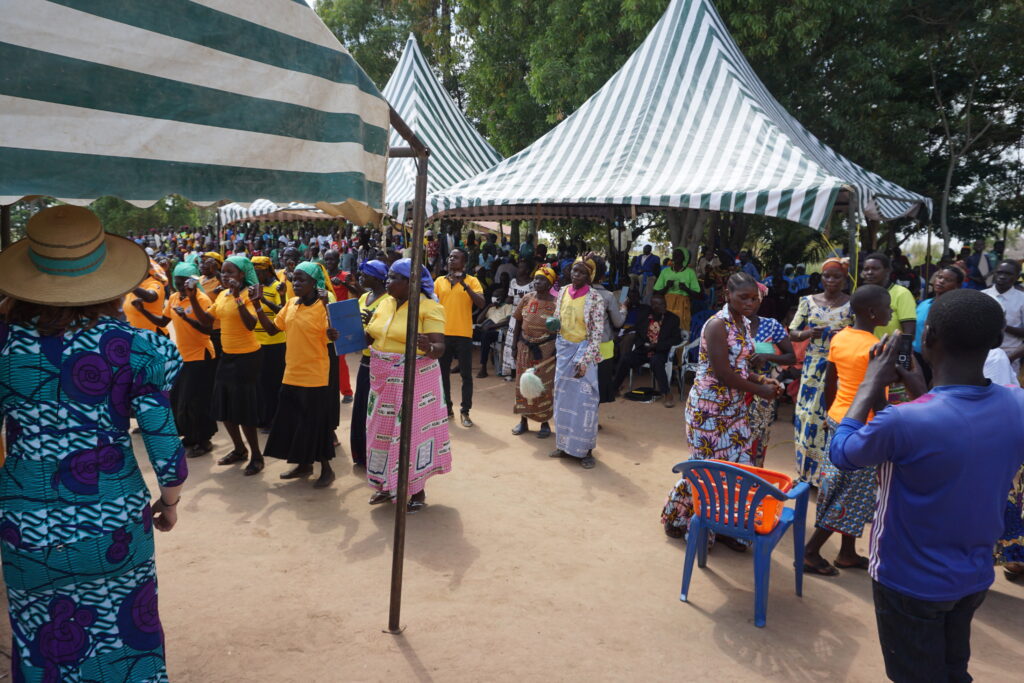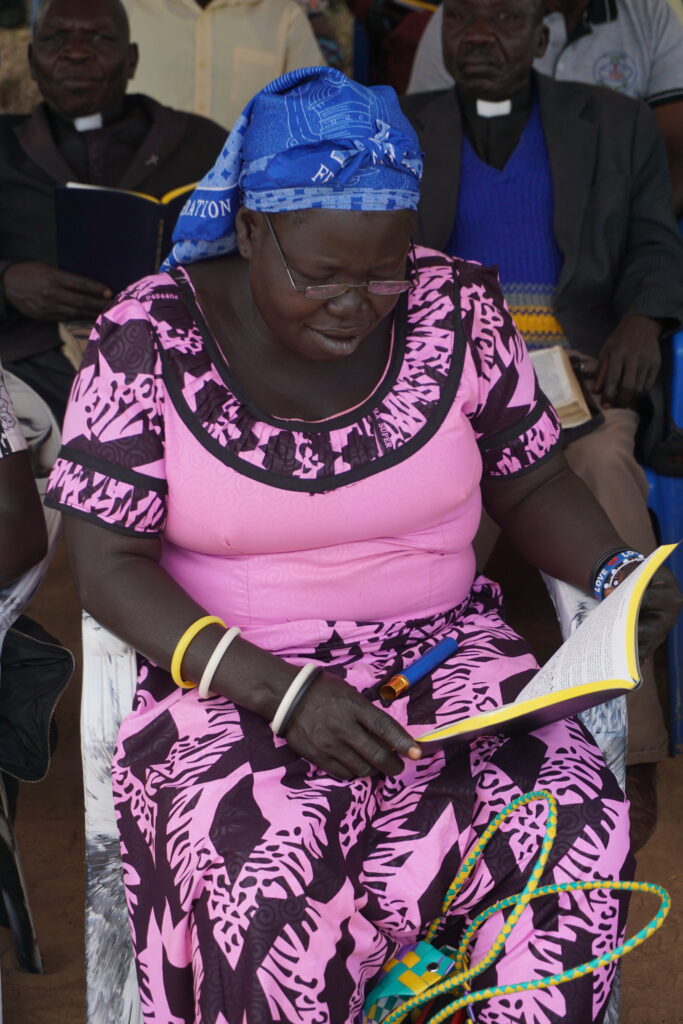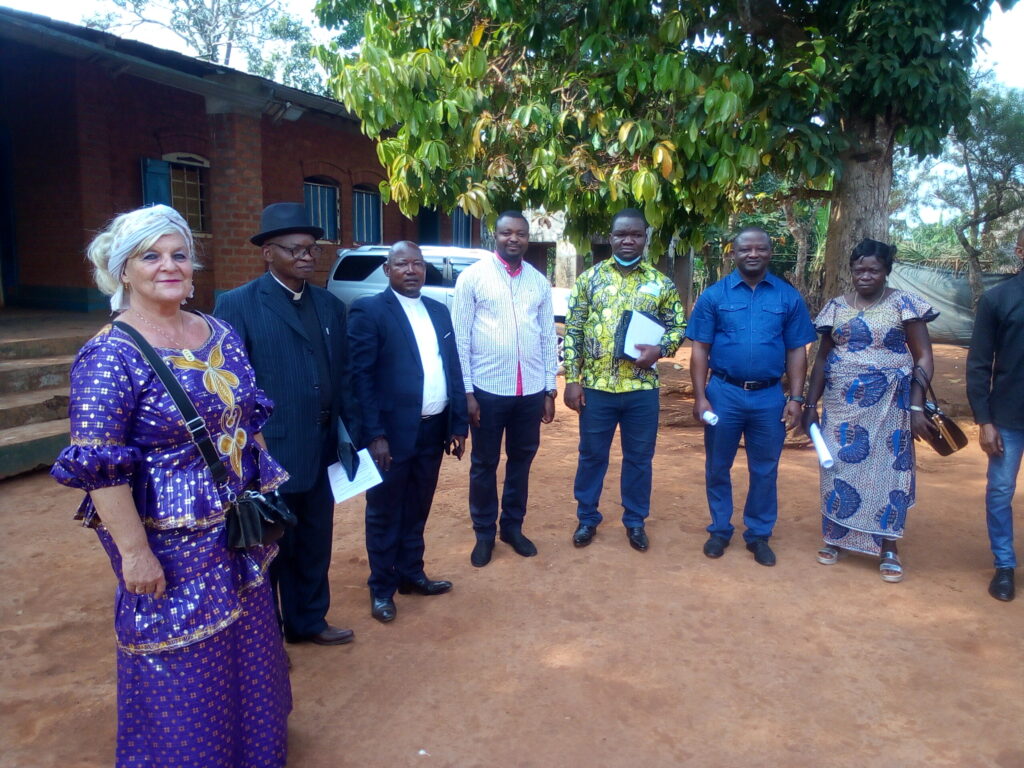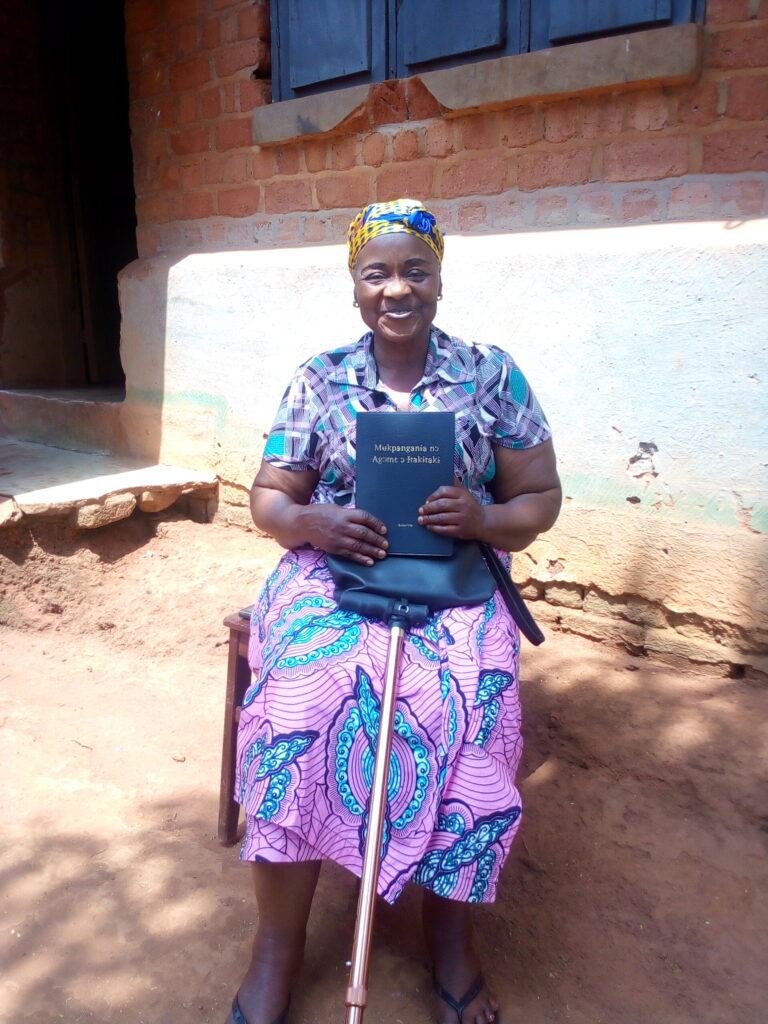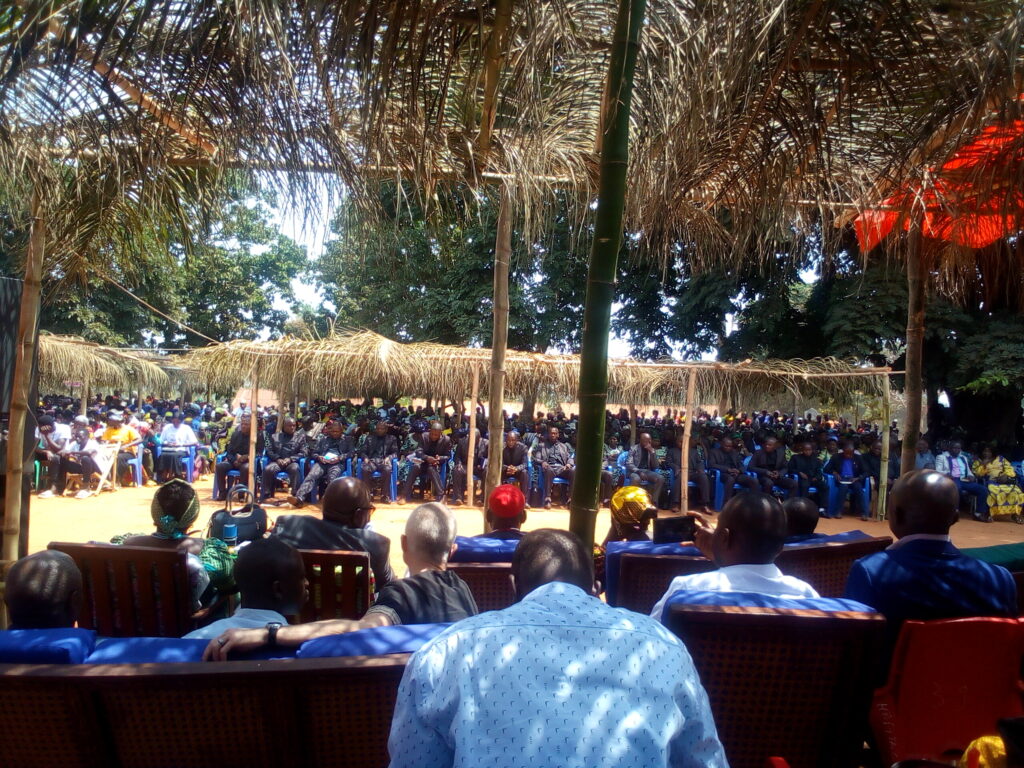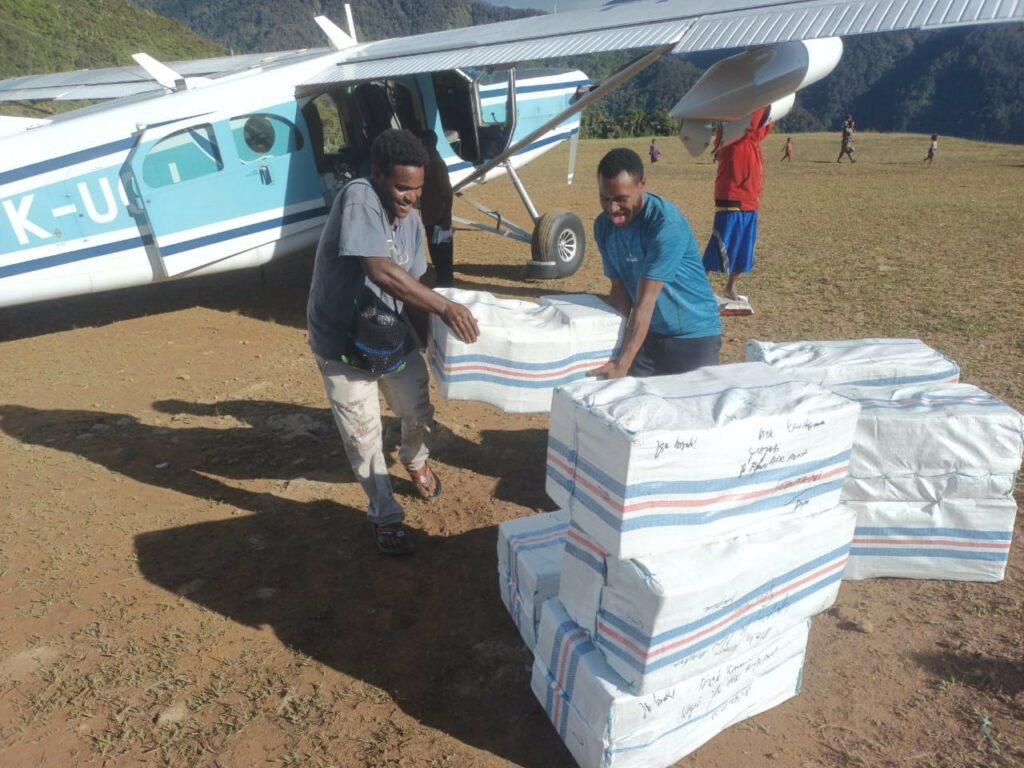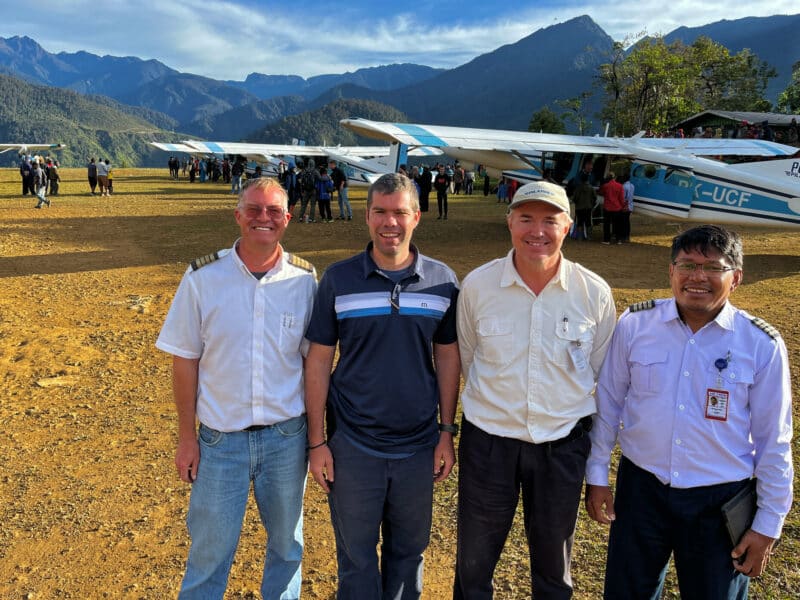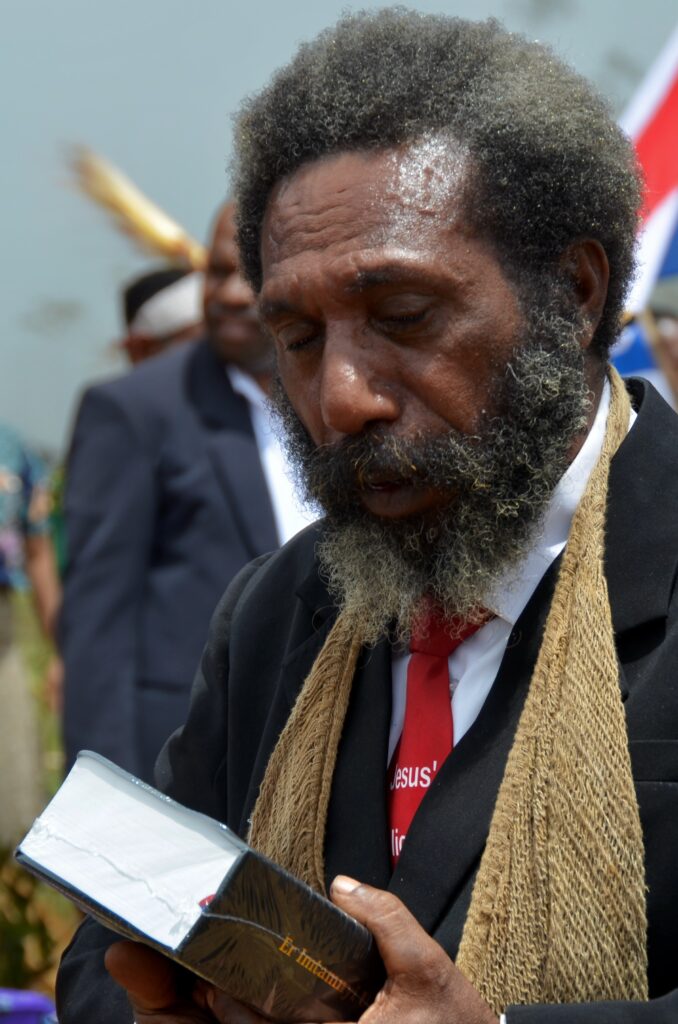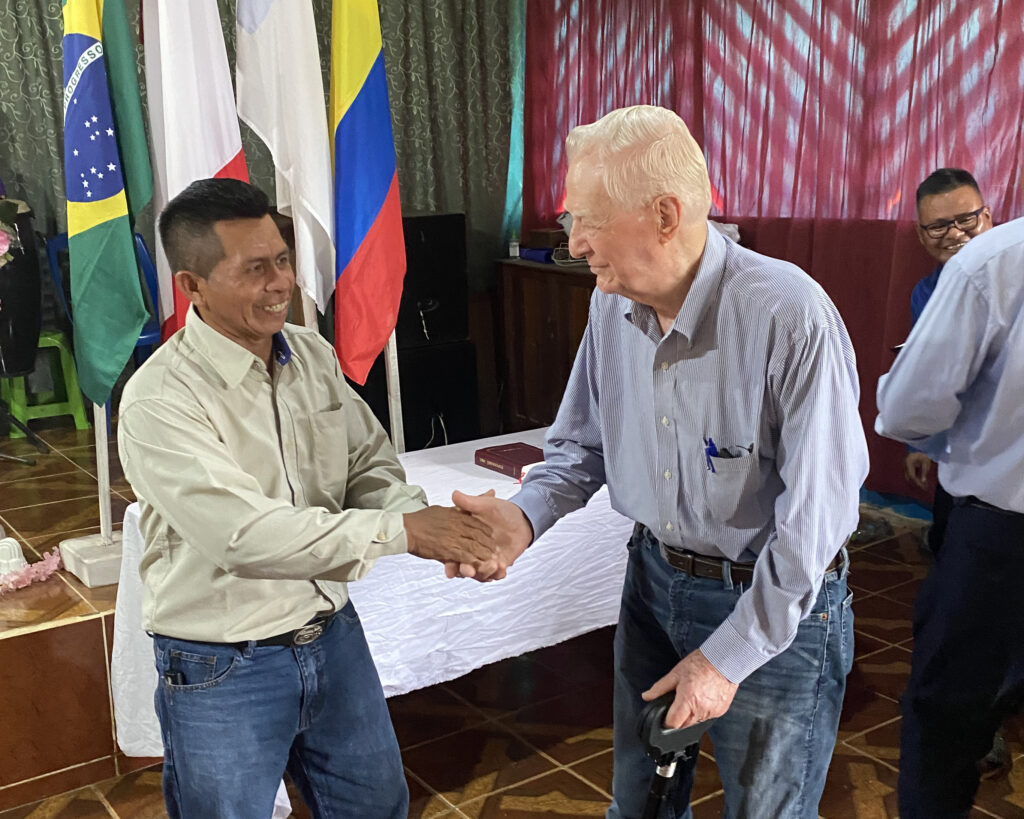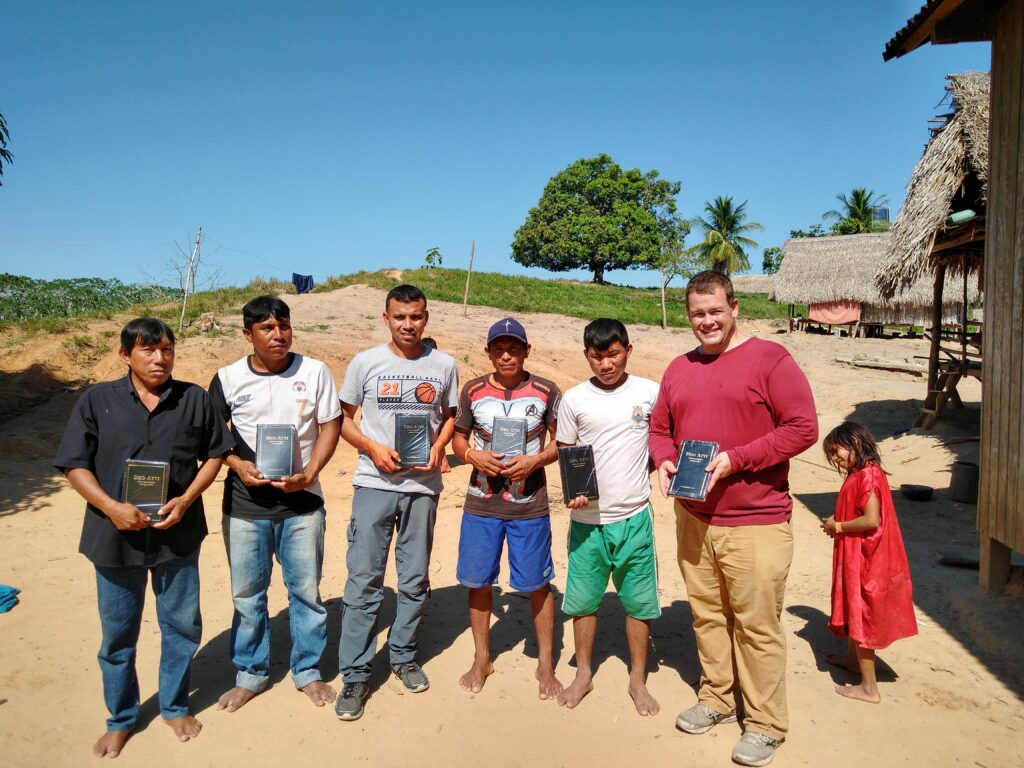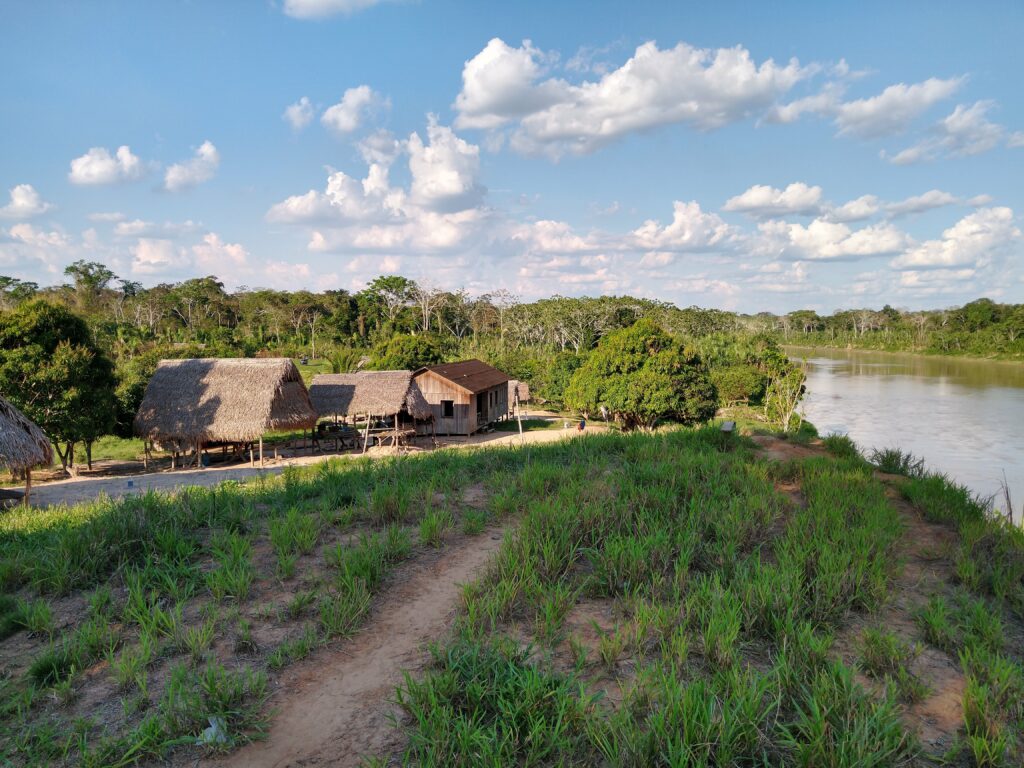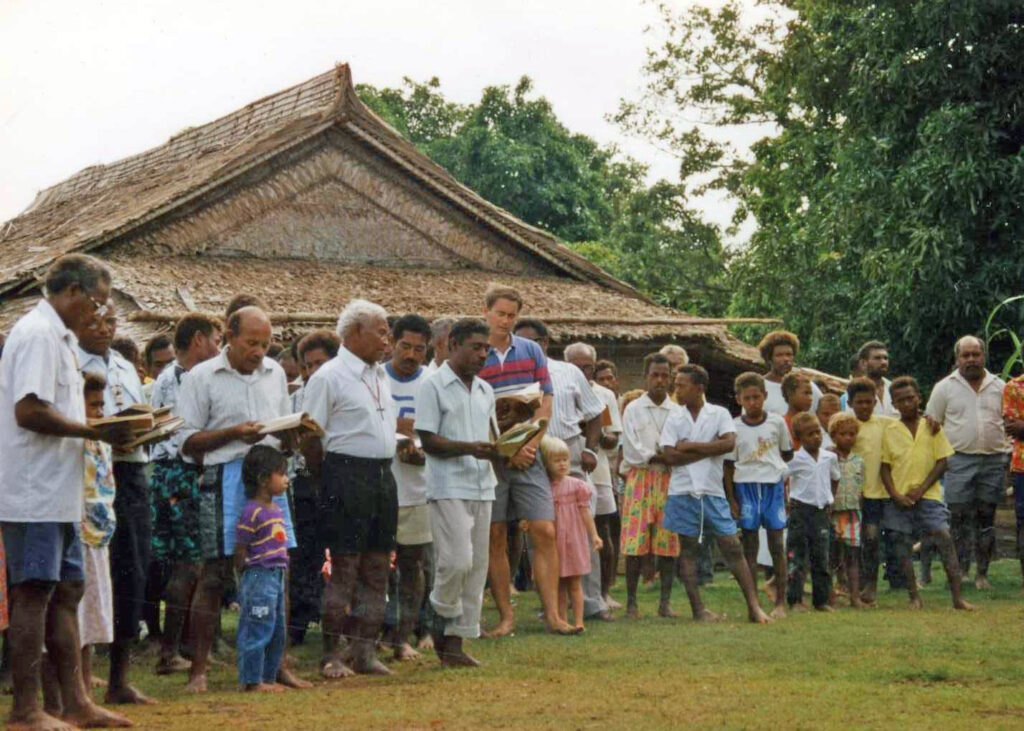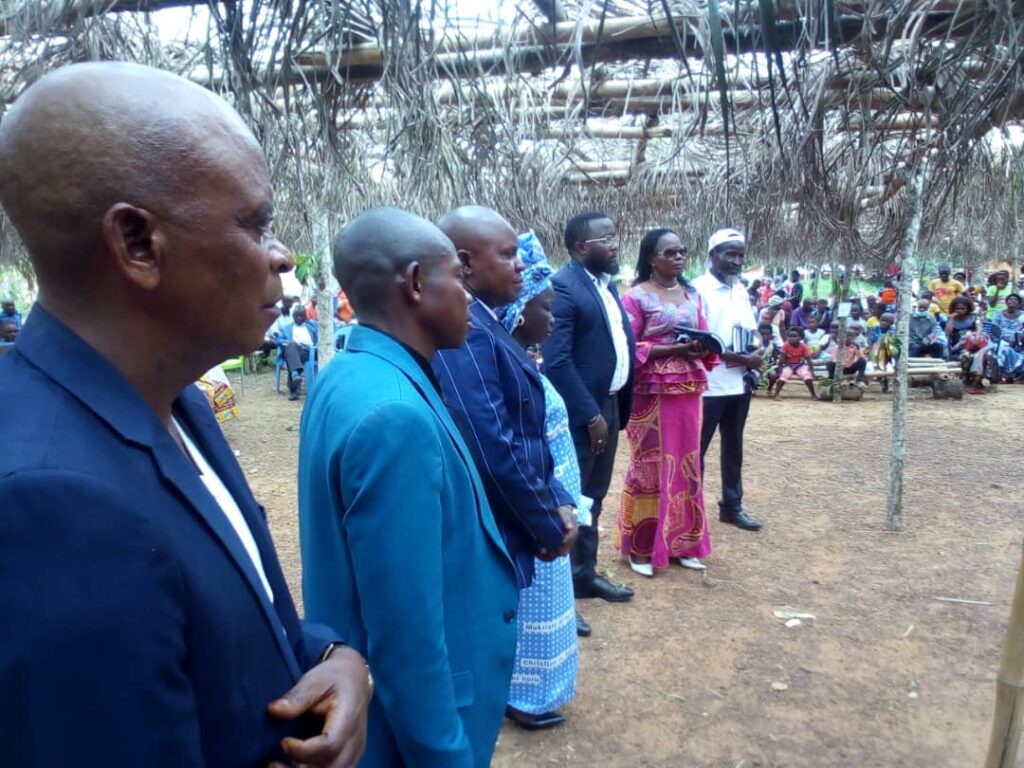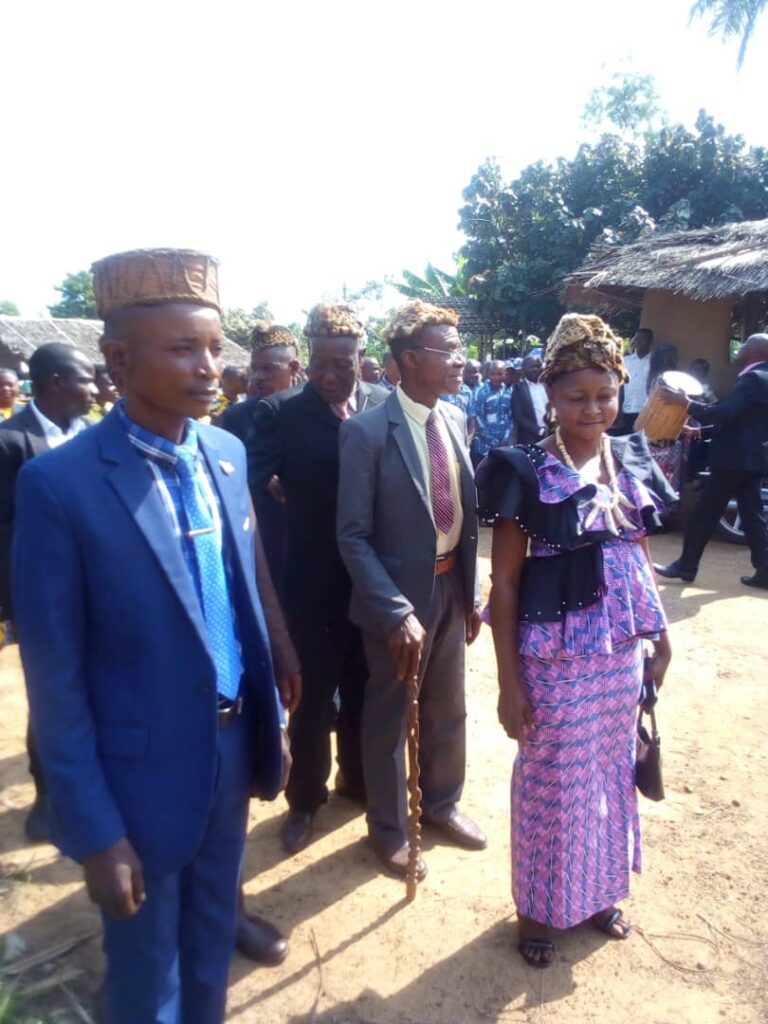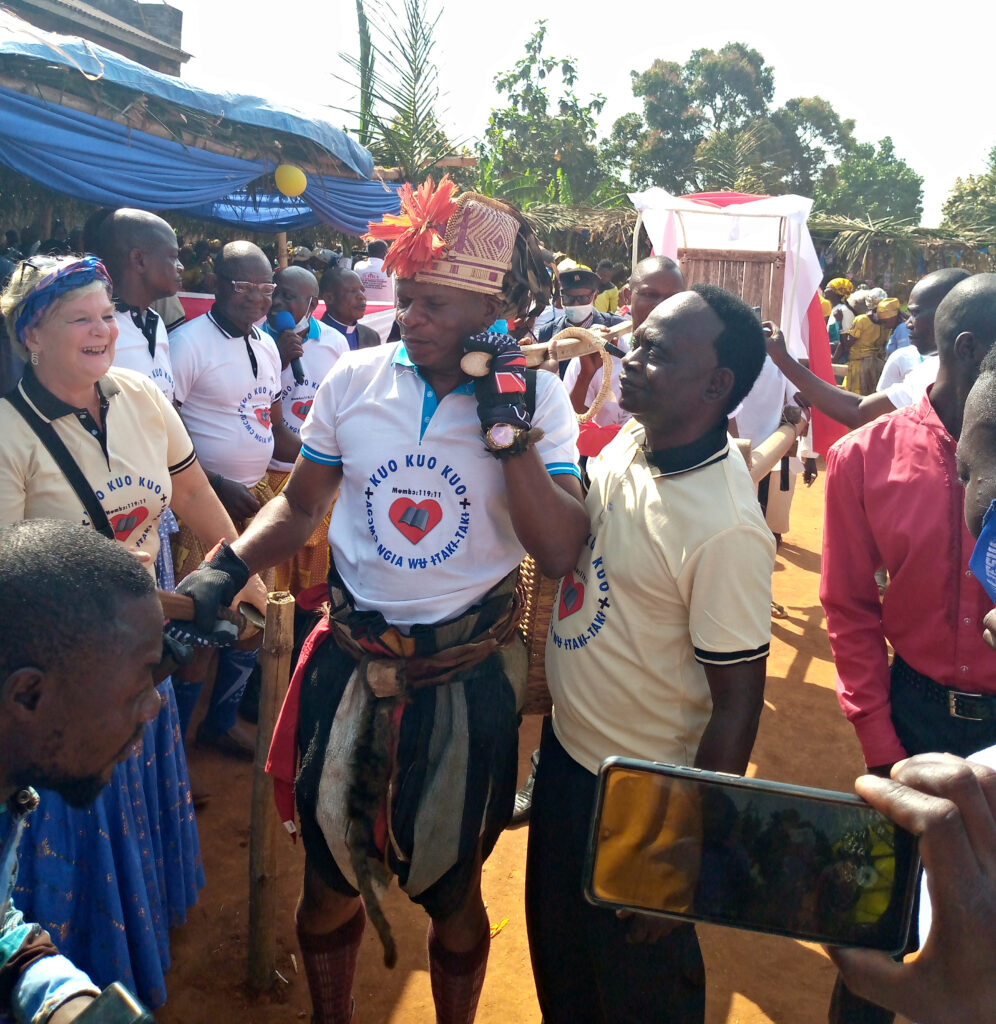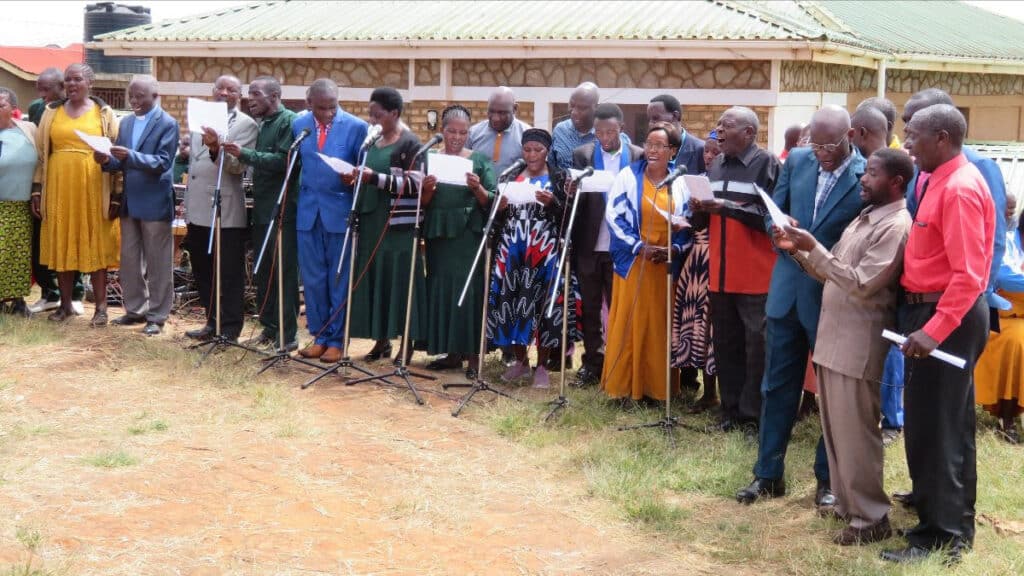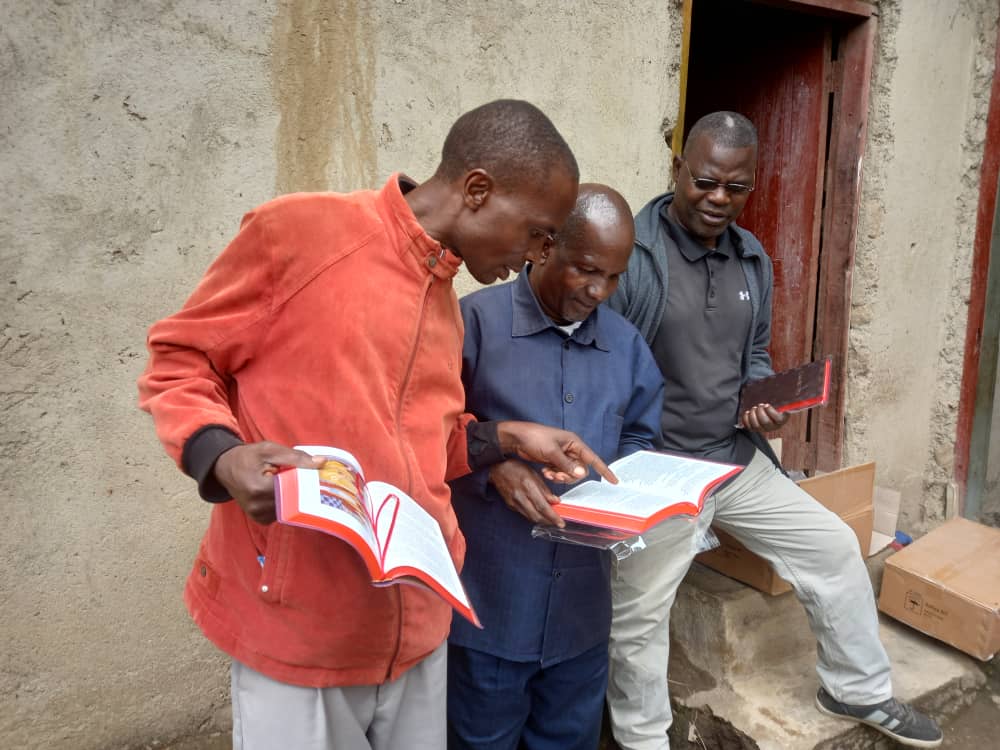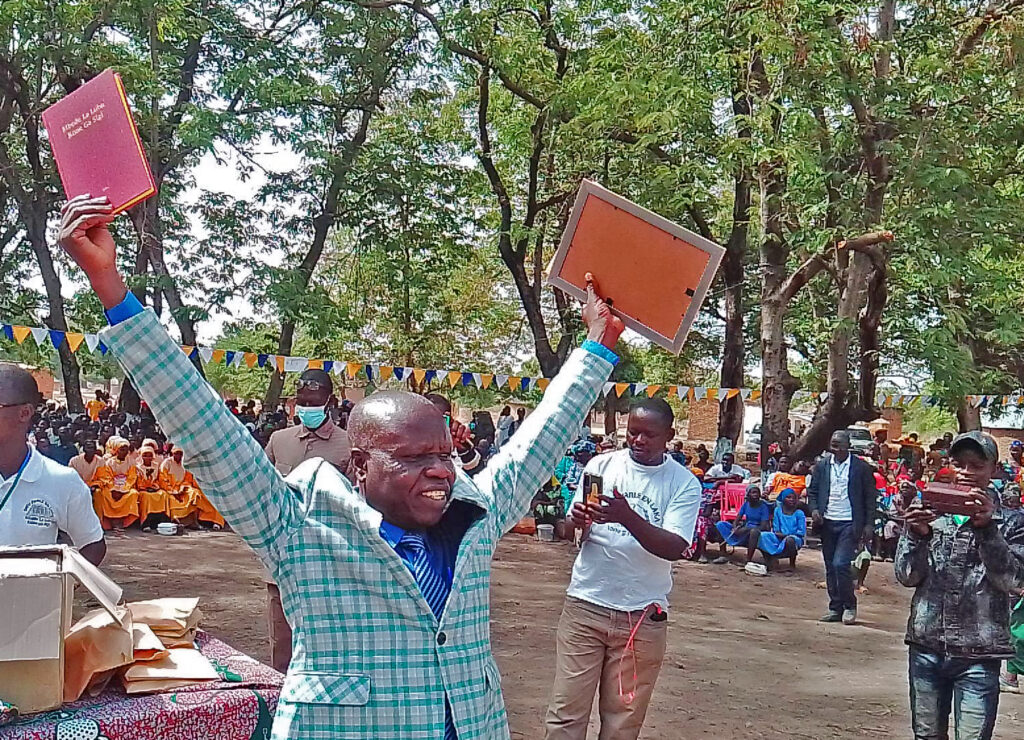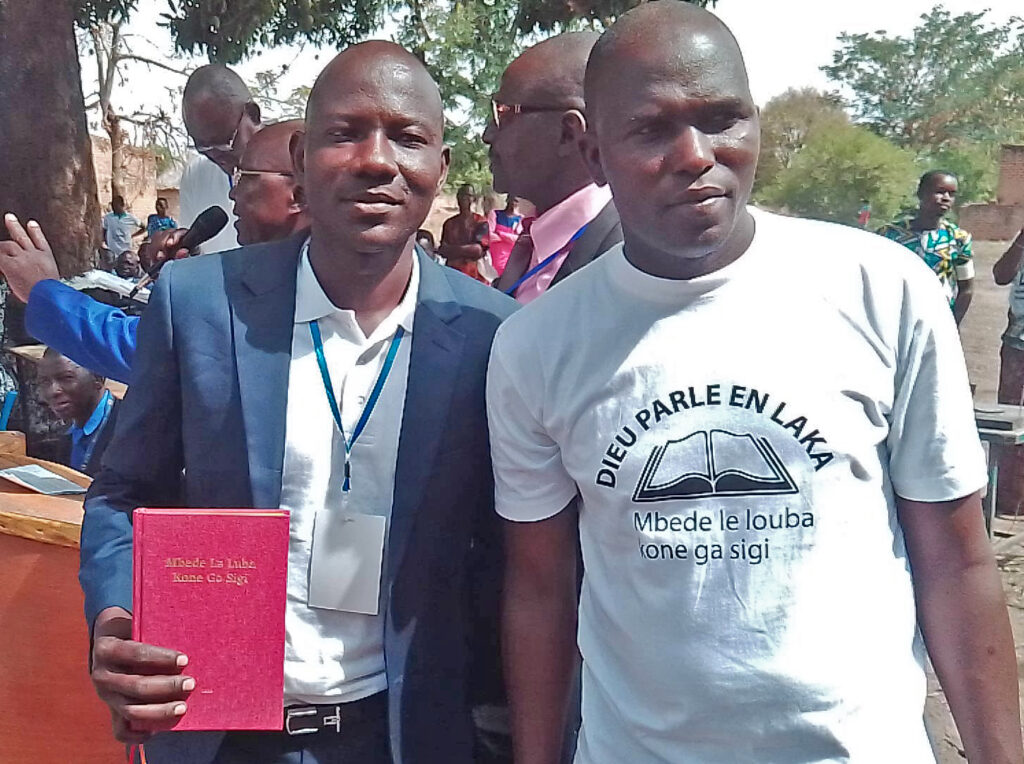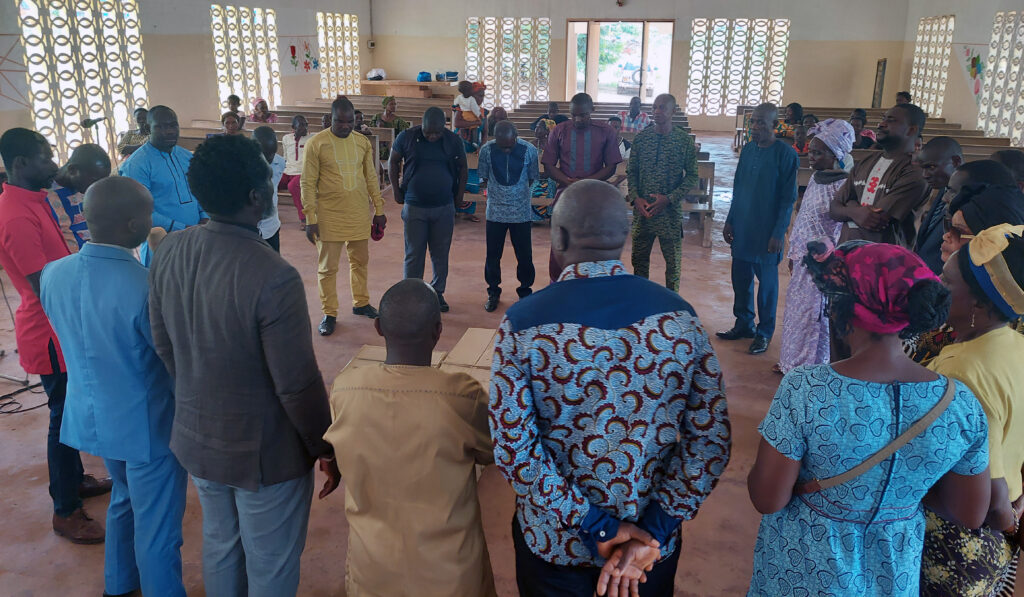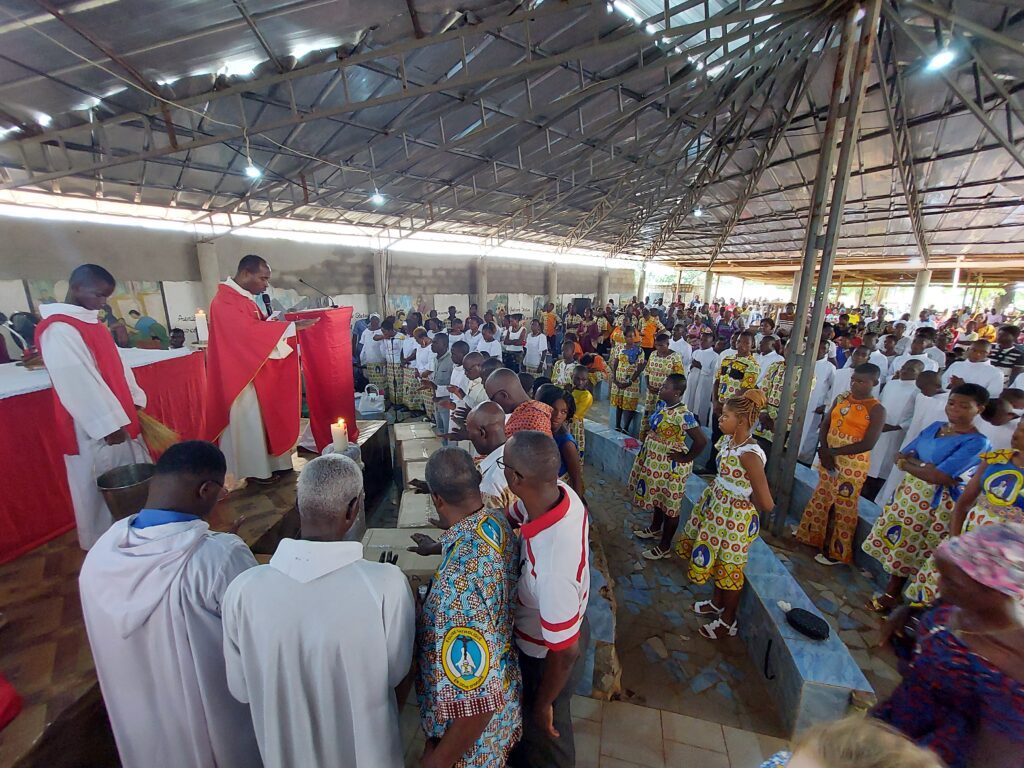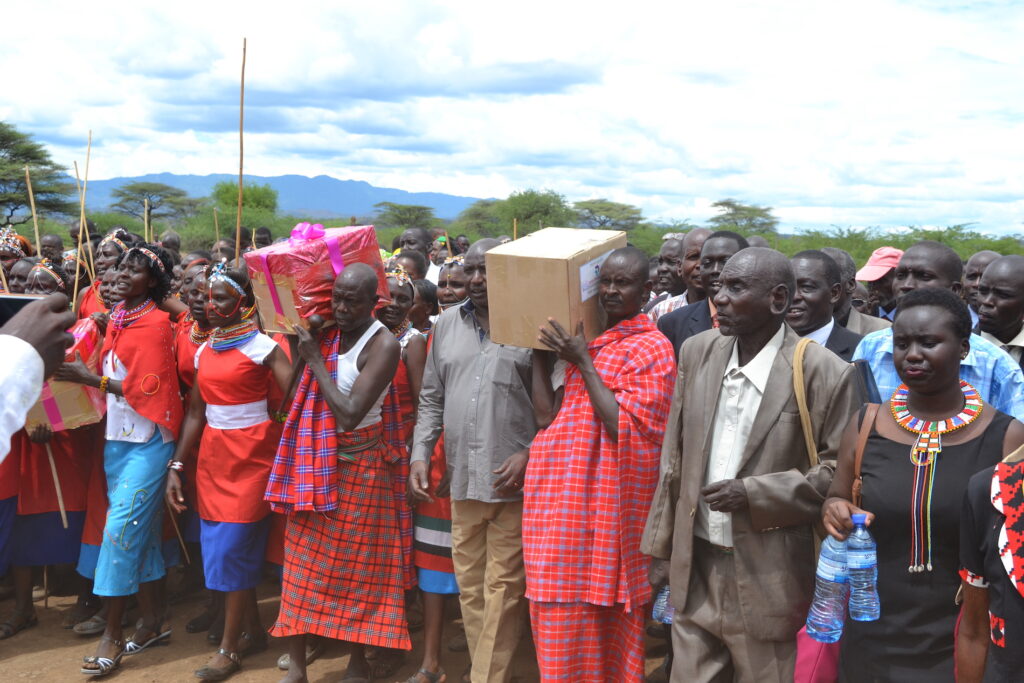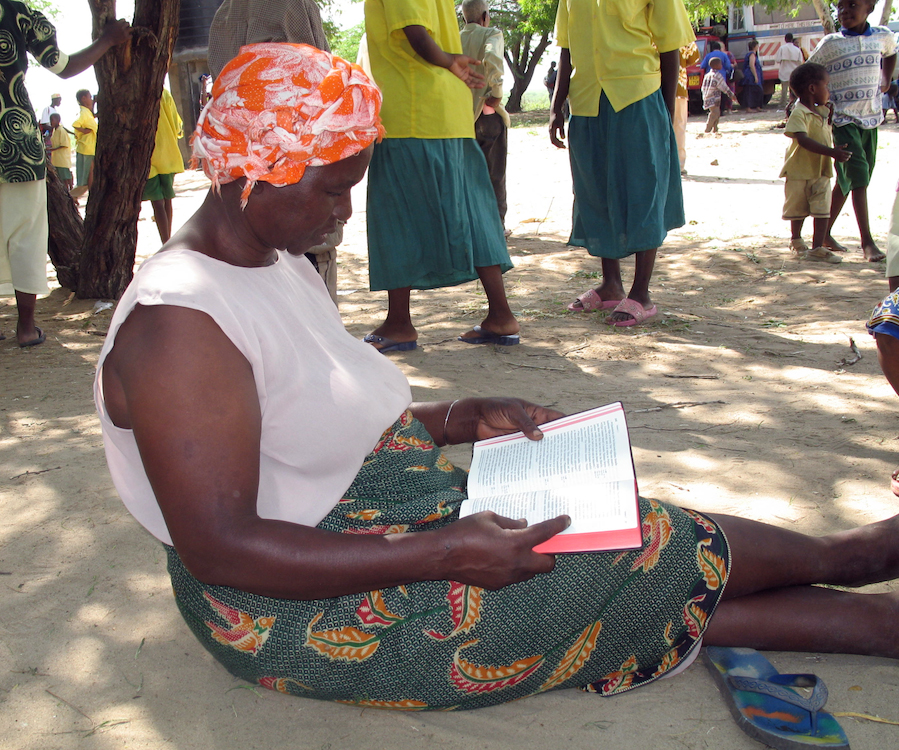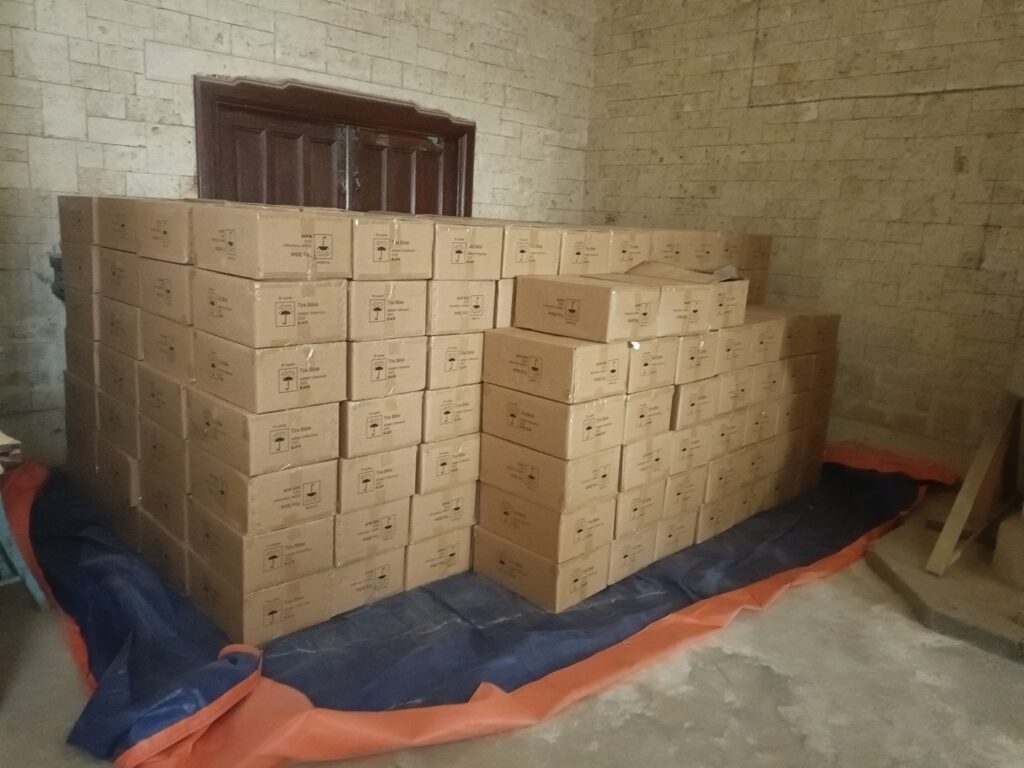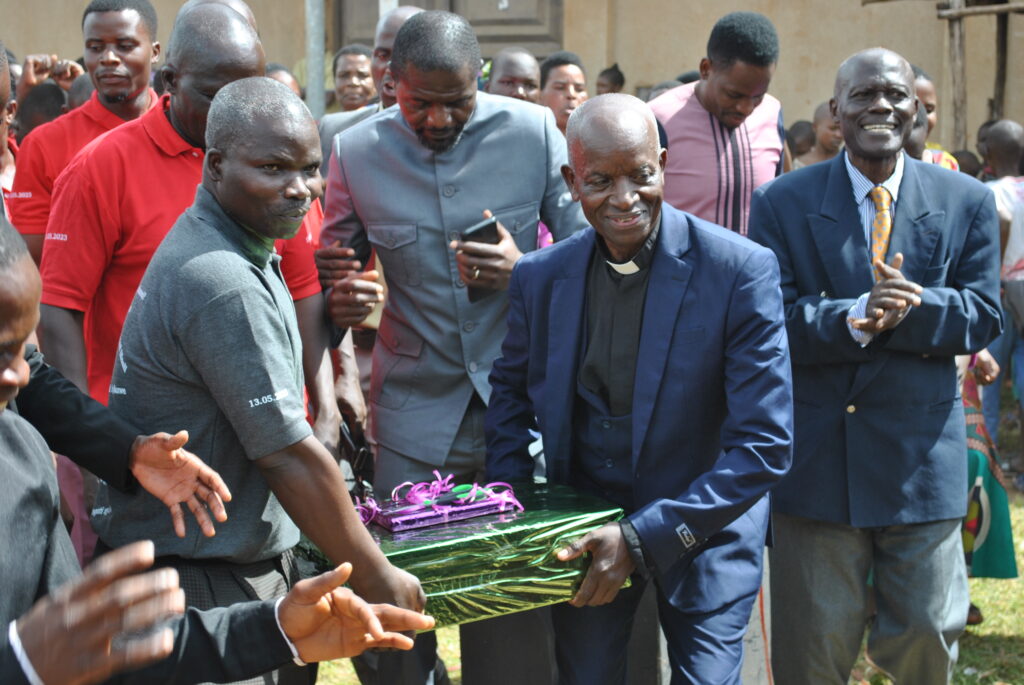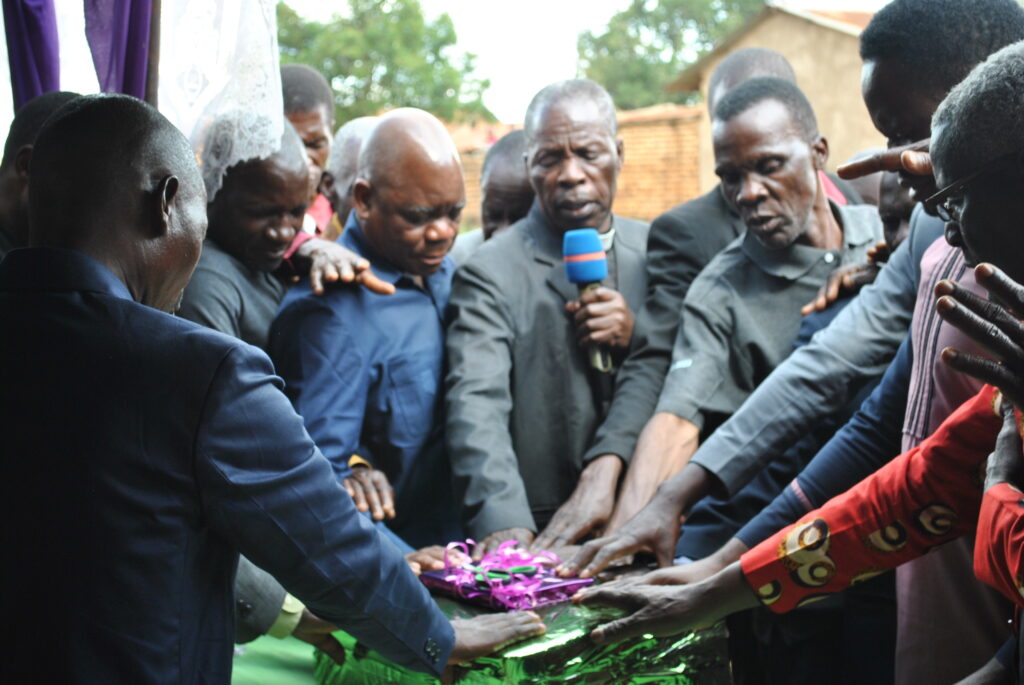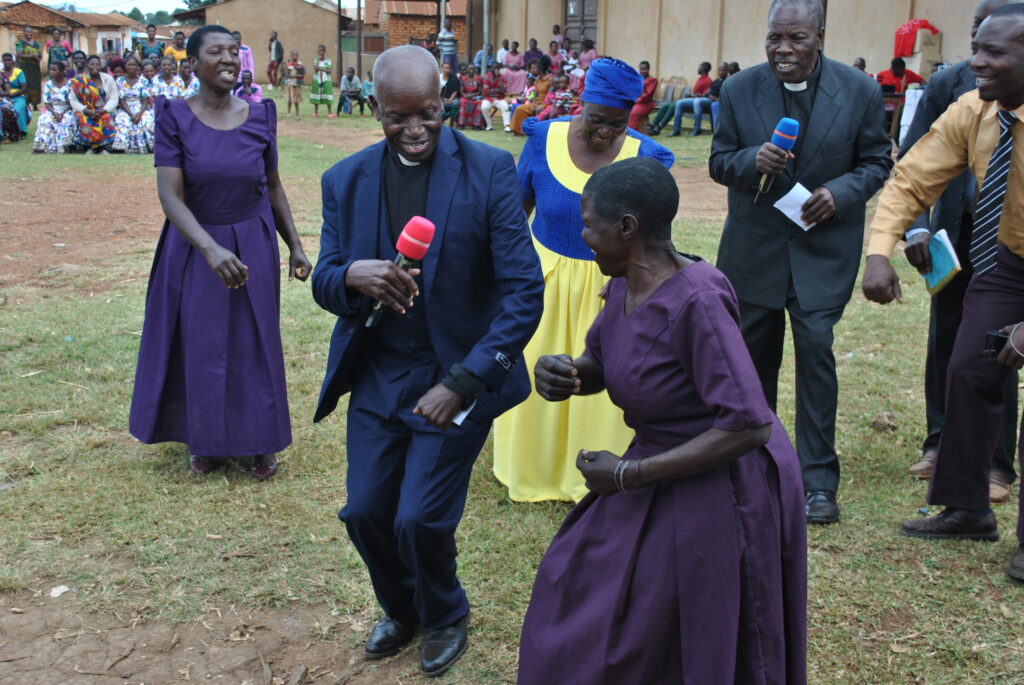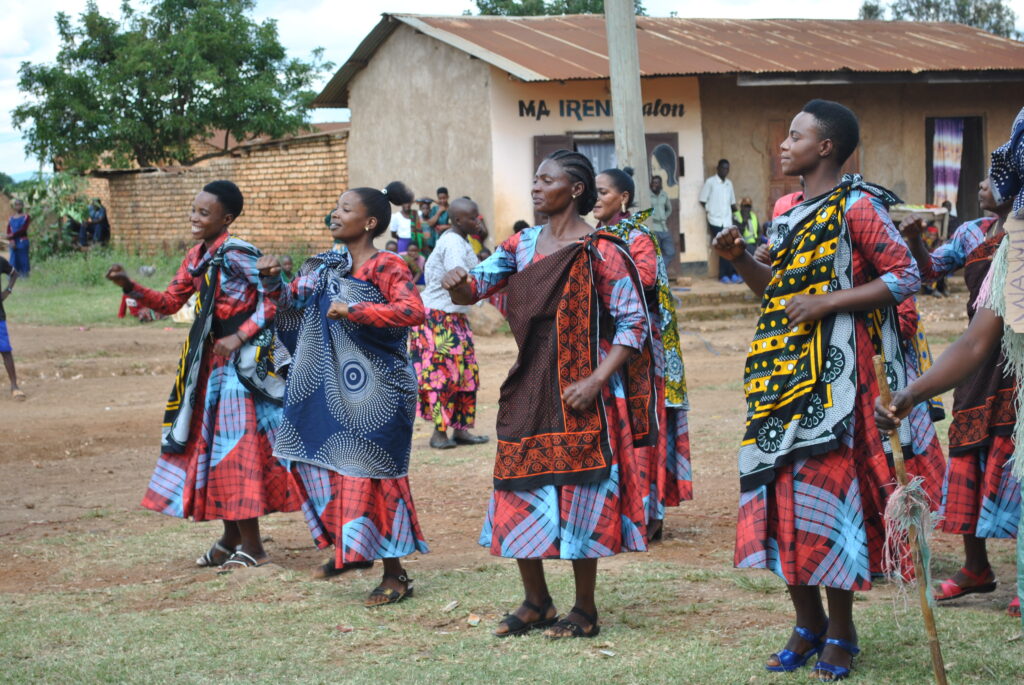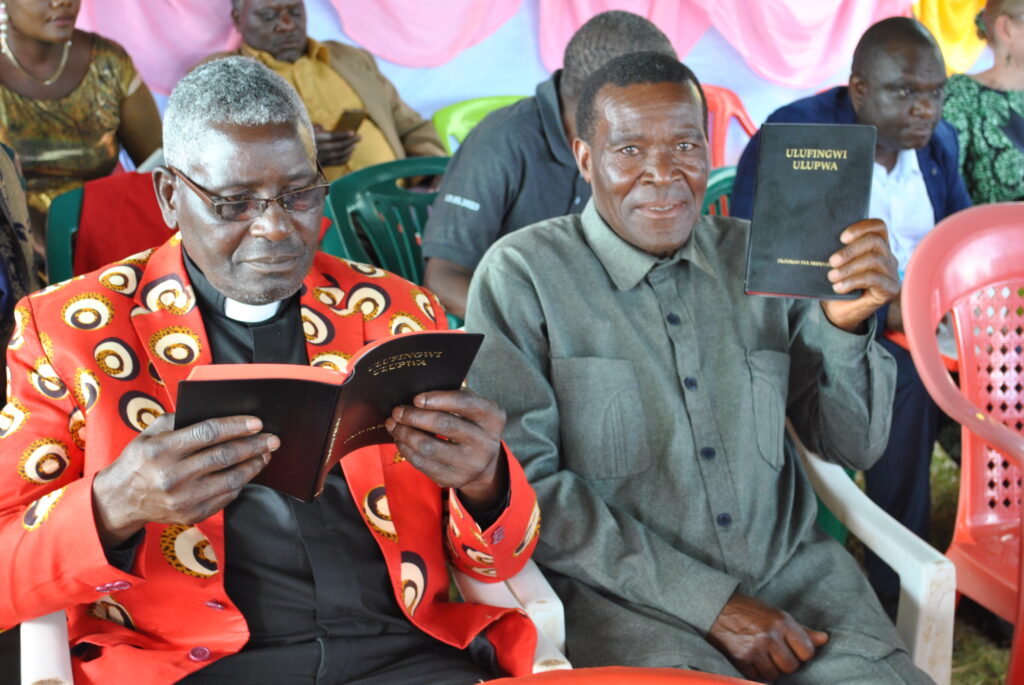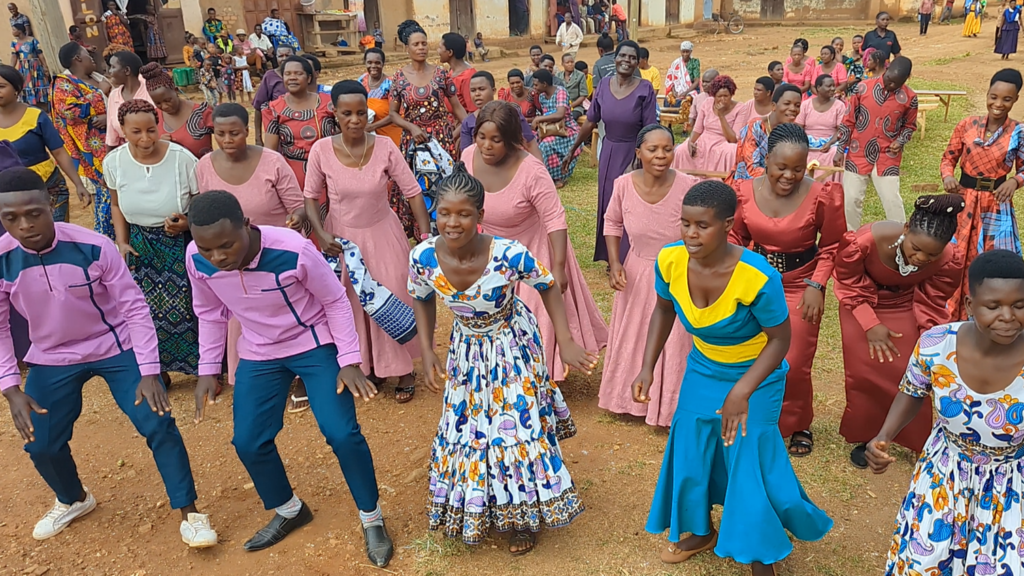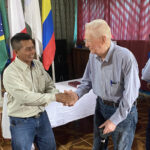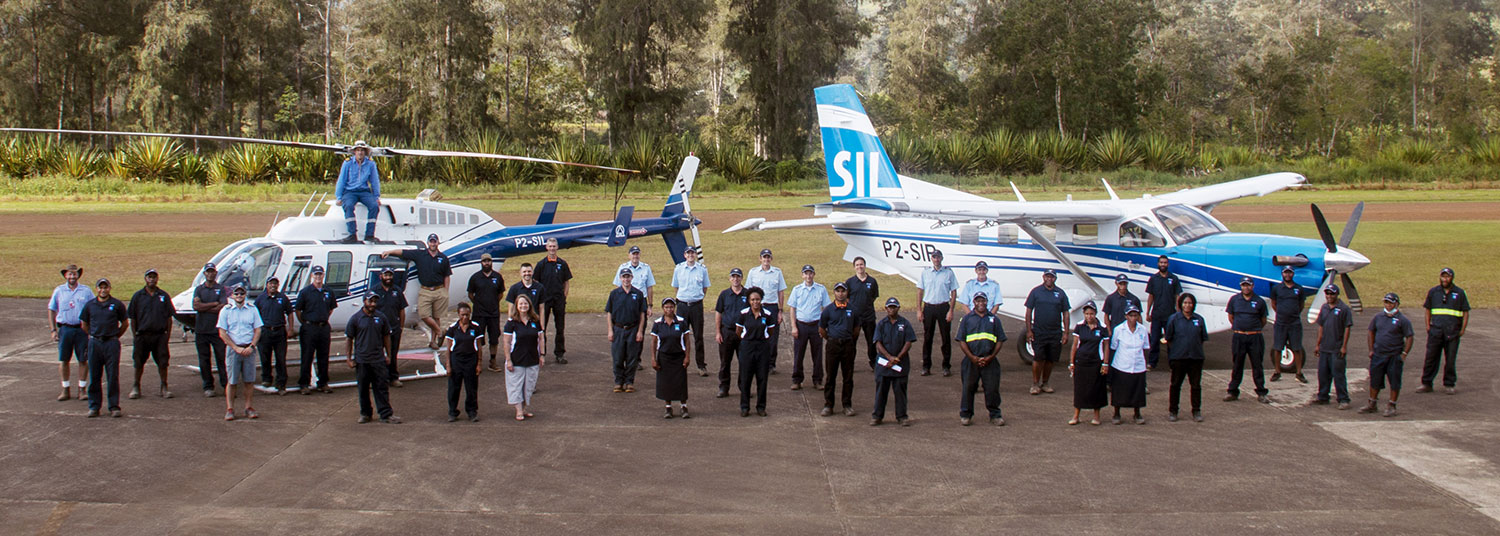Forced Into Something New
The translation teams in Francophone Africa, Mexico, South Asia, and elsewhere were ready to go. They had prepared for upcoming Scripture website and mobile app building workshops that would be held this year and were eager to learn how to create websites and apps for their language communities.
Then, due to COVID-19, these workshops were canceled, leaving many of these language communities without digitally published Scripture or videos that they can easily download and carry with them on phones and computers.
Some of these language teams were losing their only chance to go to a workshop for the next two or three years.
Thankfully, our Scripture website partner has been working on a tool that can help these teams go ahead and create websites and apps now instead of waiting another few years.
For several months, our partner’s client services team has been researching and creating training videos that teach people how to build Scripture websites. Even before the pandemic hit, this team saw the need to transition their text-and PowerPoint-based training materials into videos. Jim, who’s leading the project, says, “Videos are very popular; people would rather watch a video than read a document.”
Now, since the client-services team can’t travel to workshops, they’ve been ‘forced’ to create these training websites. And what a learning curve it’s been!
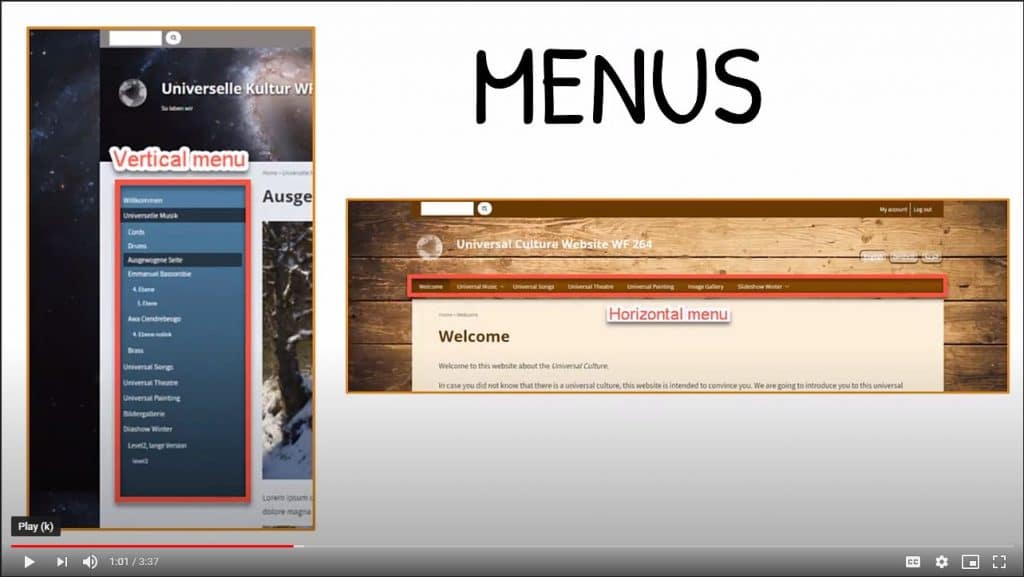
At first, Jim and his team considered using an automated voice for the videos. When Jim first listened to the advertisement of this software, about halfway through, the speaker announced that the voice was automated and not a live person. Jim was shocked. “I couldn’t even tell; I thought they hired some professional because the voice sounded normal.” He wondered, “How did they do that?”
However, after listening to the automated voice in several videos, the team decided to have a voice actor do the videos because of the more natural, realistic sound.
Even so, the team has realized it takes much longer to make a video and do it well than they had anticipated. They write a script and then for the non-English translations, they run the script through Google Translate. A member of their team or another contact who speaks that language looks over the translation and makes the necessary corrections. Once the script has been reviewed and approved, they have the voice actors record the script.
The team has learned to be patient and flexible during this entire process because, as is often the case with technology, not everything works as smoothly as they’d like!
Jim and his team use several software programs to integrate their screenshots with drawing software-generated graphics and live voice audio and video to create the final training video.
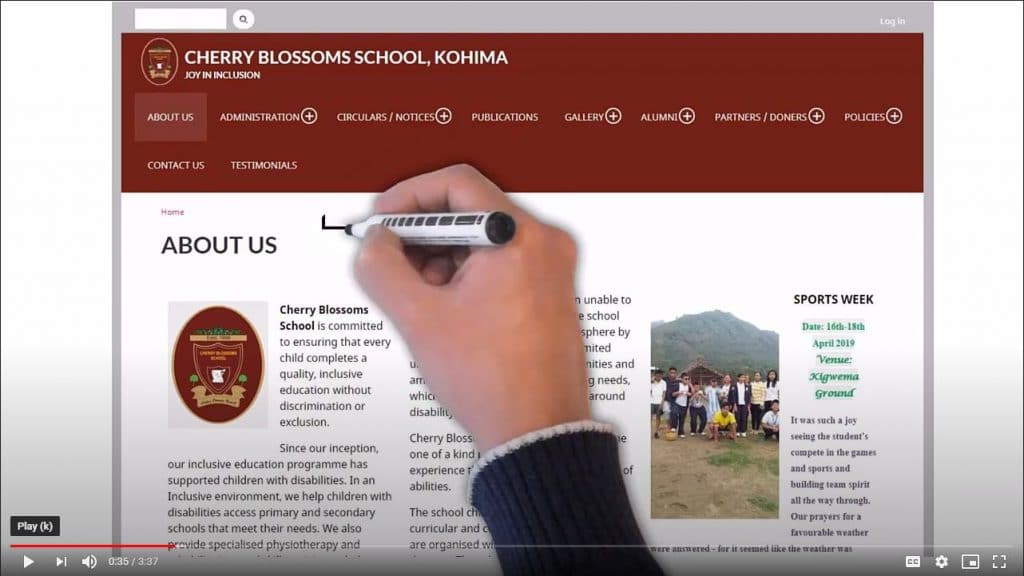
With the continued uncertainty associated with the pandemic, some language teams don’t want to wait until instructors can travel to their country. Jim’s team plans to leverage the newly created training videos to enable them to conduct remote website-and app—building workshops in countries around the world in response to this need.
Websites and apps are most effective when they are updated over time. Jim’s team sees the training videos as a powerful tool to help the translation teams they support update their websites and in the process draw more members of their language communities to visit and download Scripture onto computers and phones.
In a way, Jim’s glad that COVID-19 ‘forced’ his team to make these training videos tools that can help language communities share God’s Word. Out of the most adverse, frustrating circumstances, God often helps us do something new or better for his kingdom.
*See an example of these training videos here.
Join us in praying that these videos will enable language community members around the world to access Scripture in a language and form they understand best. Thank you!


